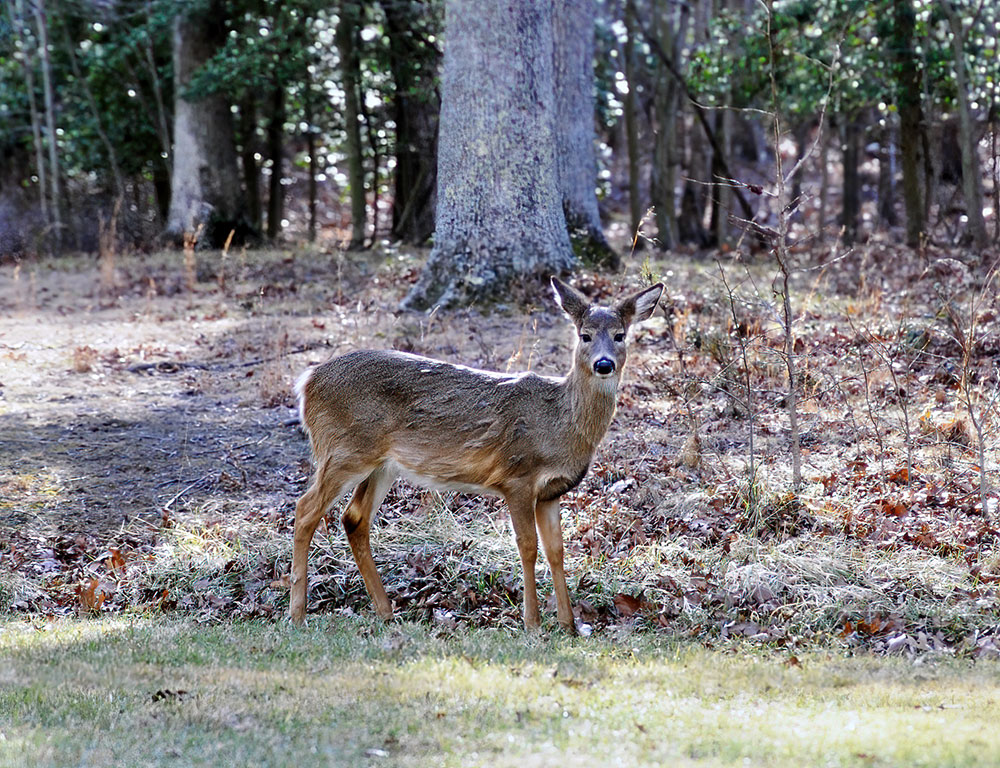
The White-tailed Deer (Odocoileus virginianus) is common all over Eastern US. You often see them at dusk and dawn, and not at least as roadkills in the early morning
While staying in Baltimore in 2001-2002, I traveled to many near-by areas. Since Washington DC was only about 1 hour drive away to the south, I visited the captal many times. With the U.S. Capitol Building at one end and the Lincoln Memorial at the other and with the Washington Monument and the White House in between, the Mall with its numerous museums is a great place to spend some time. I also visited Philadelphia to the north, Atlantic City, Morgantown to east in West Virginia and numerous other smaller cities.
Although Maryland and the eastern coast of the US is heavily populated, the region also offer quite a lot of opportunities for outdoor enthusiasts. During my one-year stay in Baltimore I visited numerous state parks and nature reserves in Maryland and neighboring states such as Virginia, West Virginia, Delaware, Pennsylvania and New Jersey. For example, Cape May in New Jersey is one of the best places in the US for spring and fall migratory birds. The coastal areas also have many marshland parks of interest for birds and other wildlife. In spring and early summer, I also focused on finding wildflowers. I visited the Shenandoah National Park in Virginia/West Virginia several times looking for early-blooming wildflowers. With more than 850 species of flowering plants, Shenandoah is one of the best places to see wildflowers in the Eastern US.
Here I have posted pictures from some of my trips in the region in 2001. All photos were scanned from color slides, so the image quality is relatively poor.
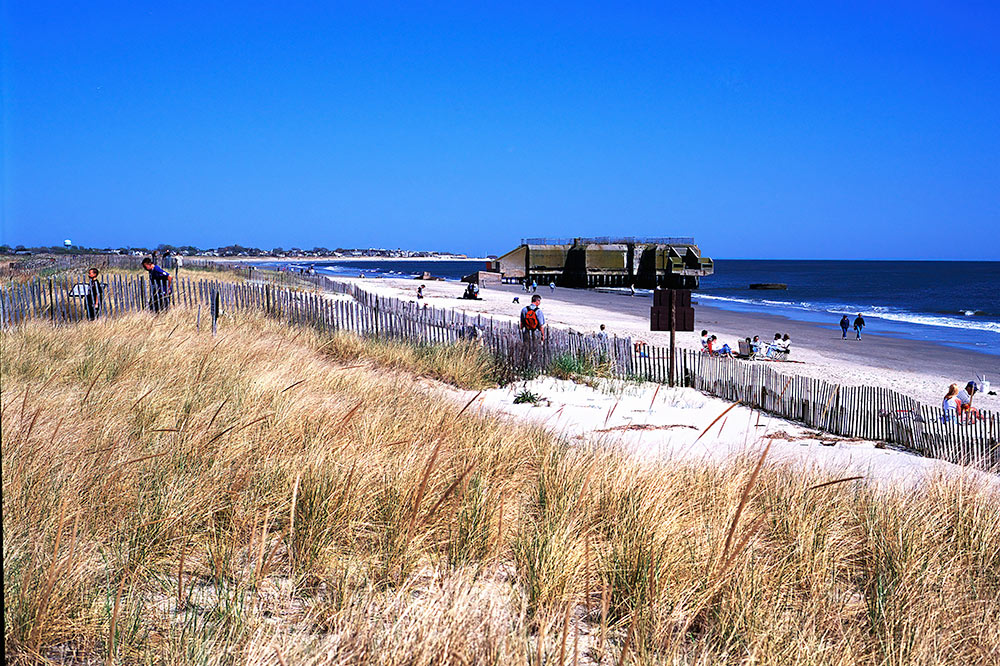
Atlantic coast. Battery 223 at Cape May Point State Park, New Jersey. An old WW2 bunker
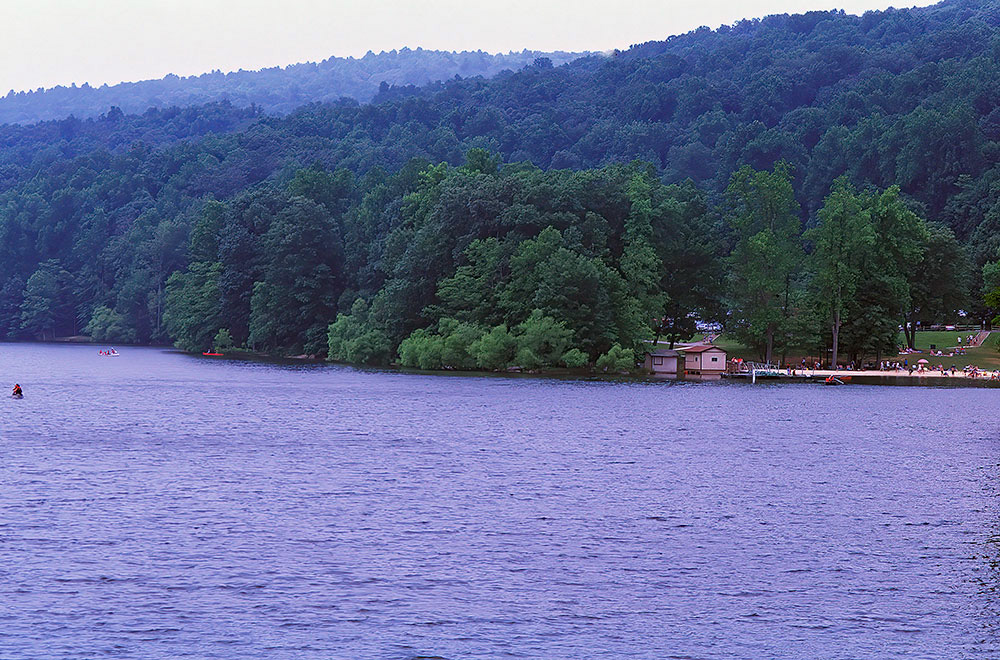
Catoctin mountain area. This is Hunting Creek Lake in Cunningham Falls State Park, Maryland, as far as I remember. Camp David, the presidental retreat, is situated about 3 km to the right from here
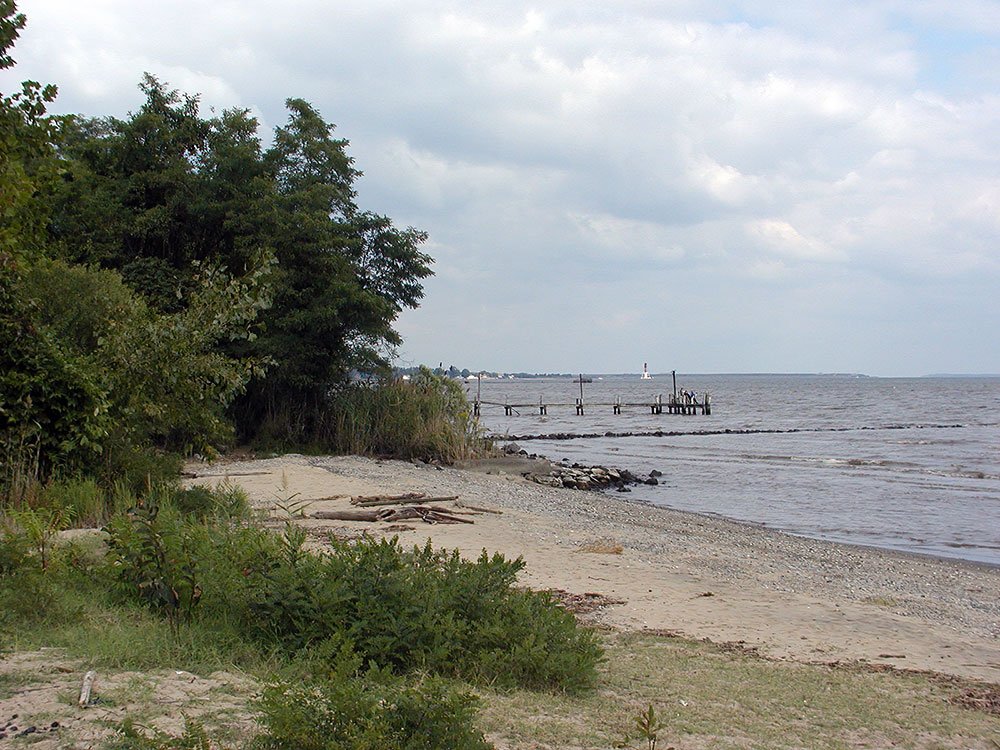
Chesapeake Bay
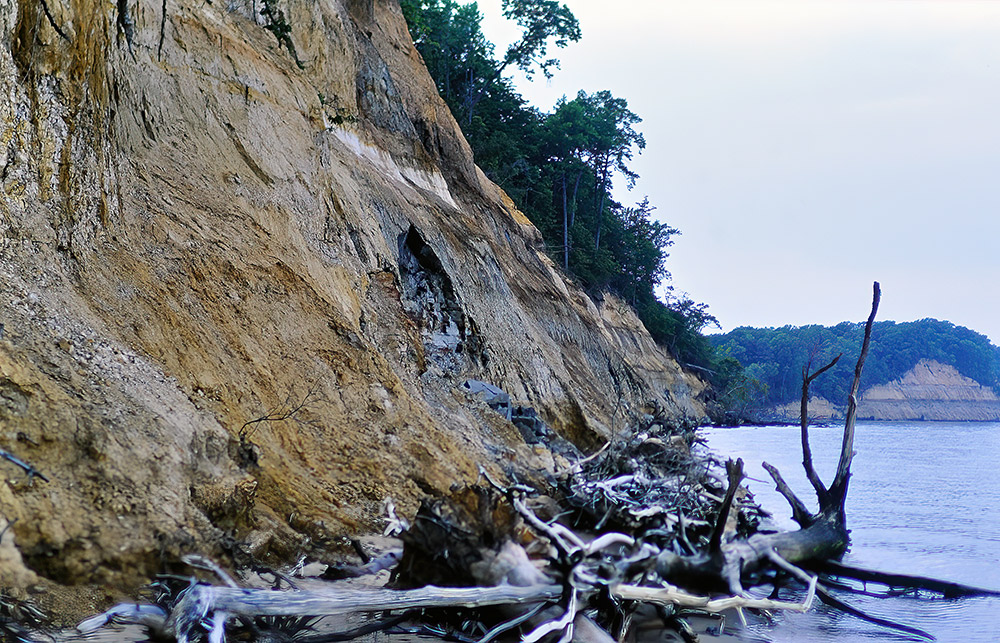
Chesapeake Bay coastline. Here Calvert Cliffs State Park, Maryland. This park is known for the abundance of mainly Middle Miocene sub-epoch fossils that can be found on the shoreline, especially shark teeth
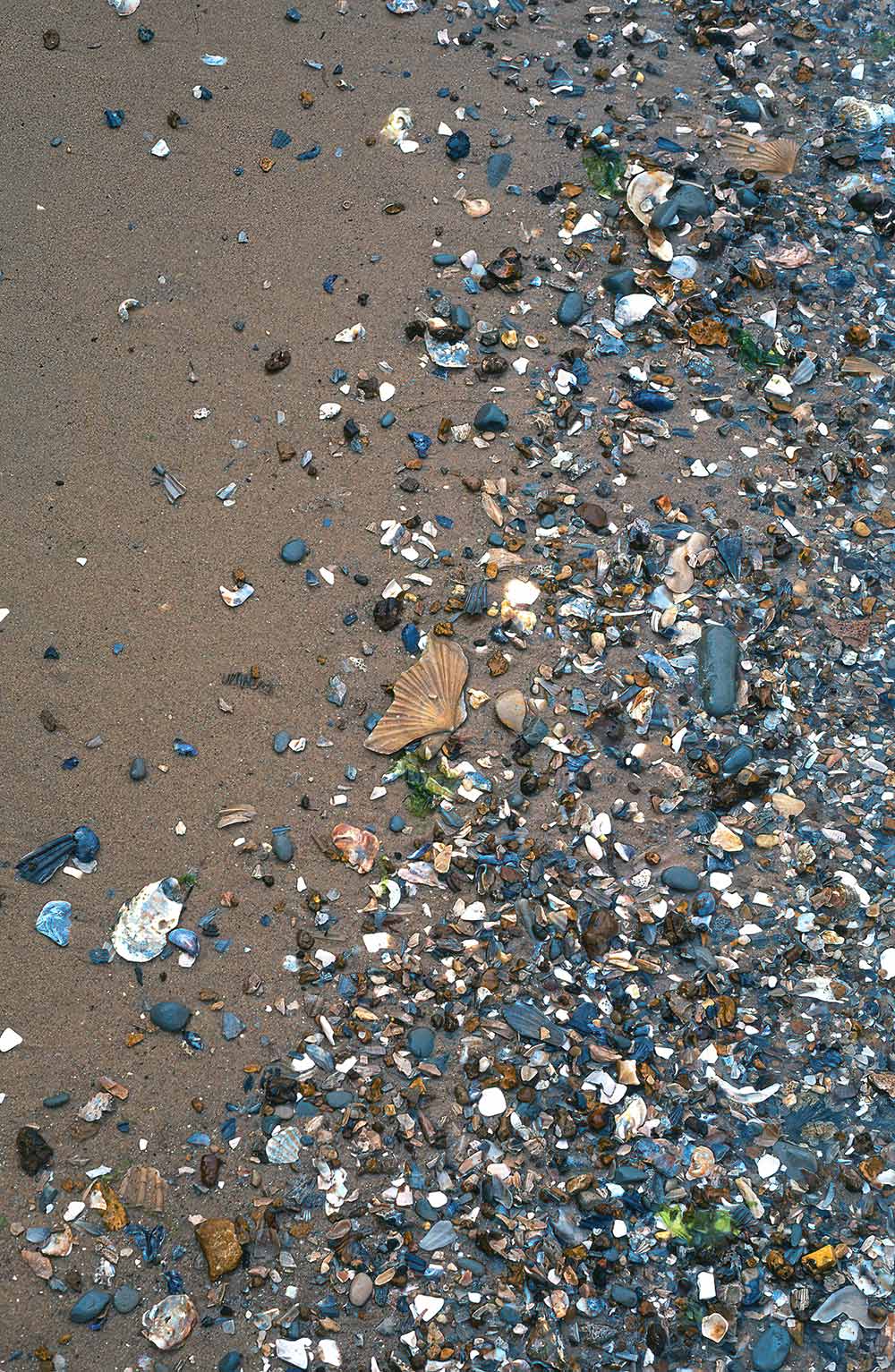
Shells at Calvet Cliff's State Park
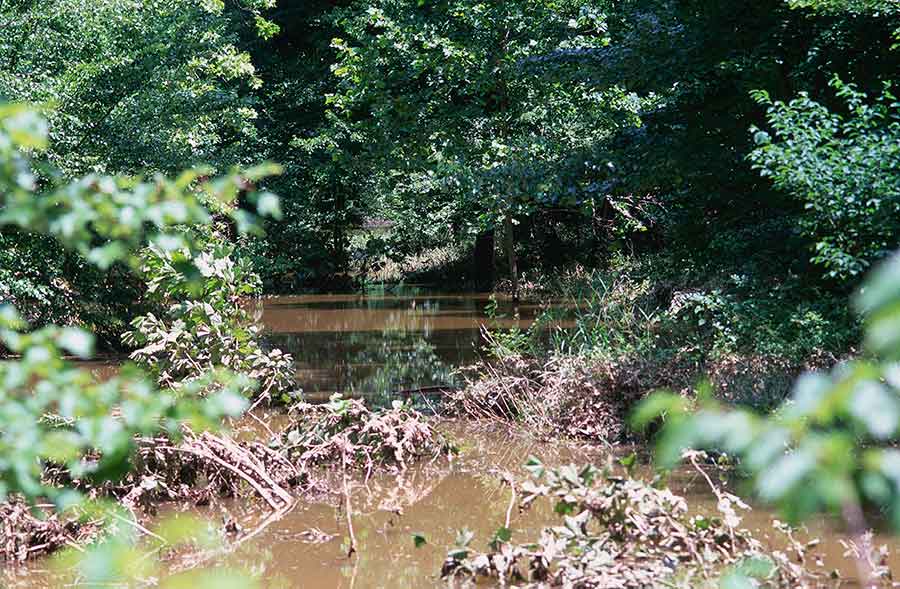
A typical Maryland creek
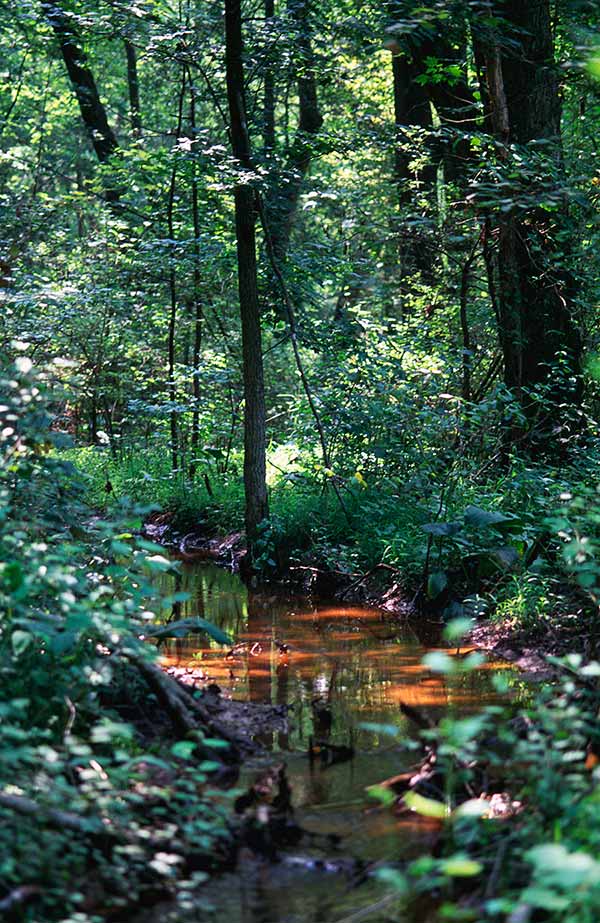
Another Maryland creek
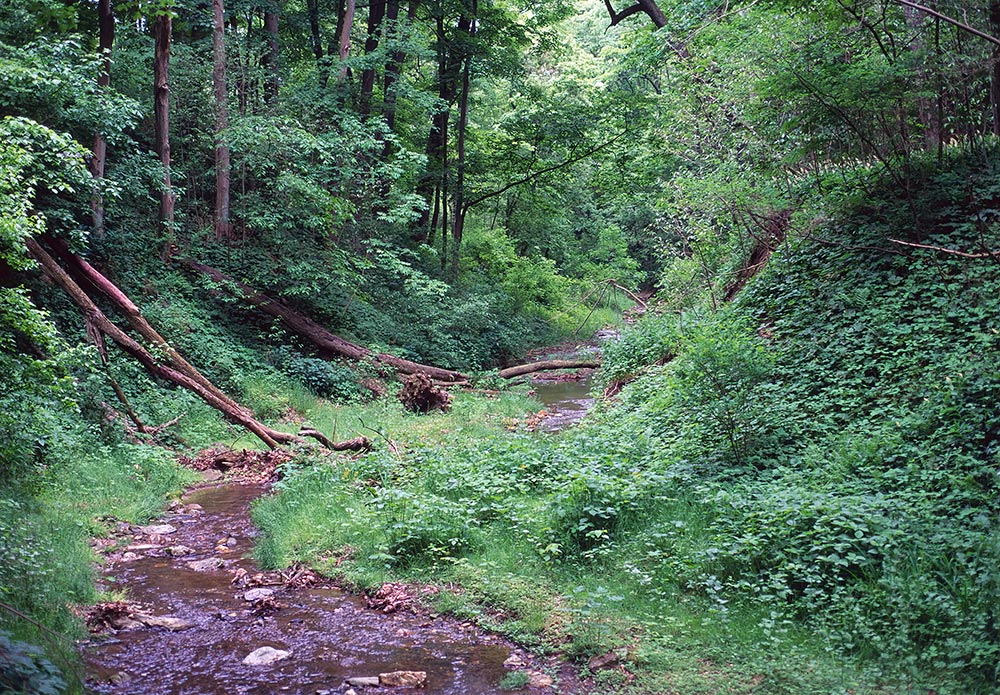
A creek near Baltimore
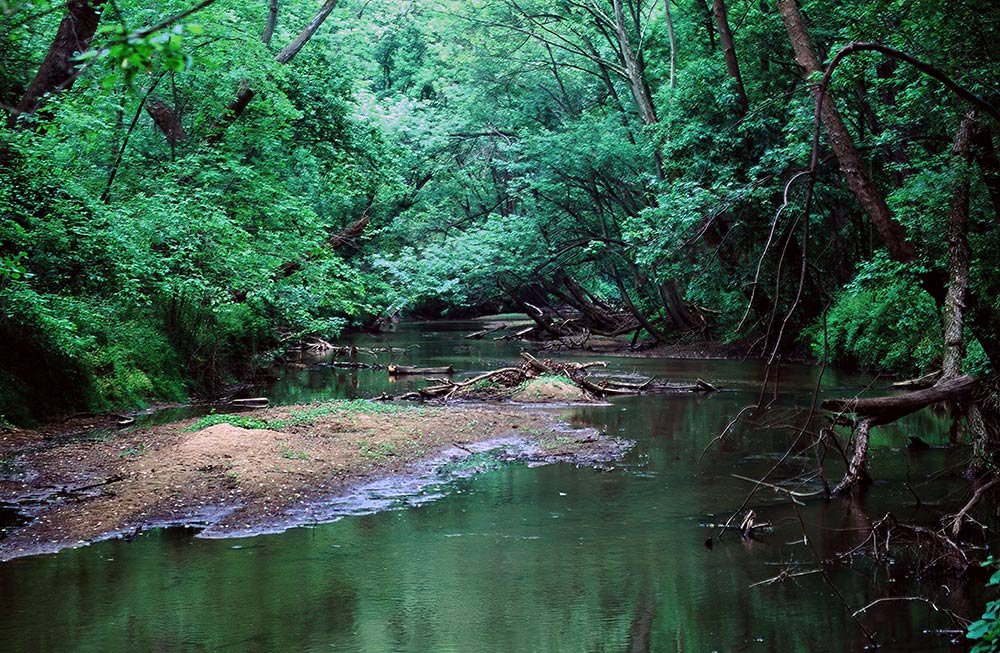
A small river in the Baltimore area
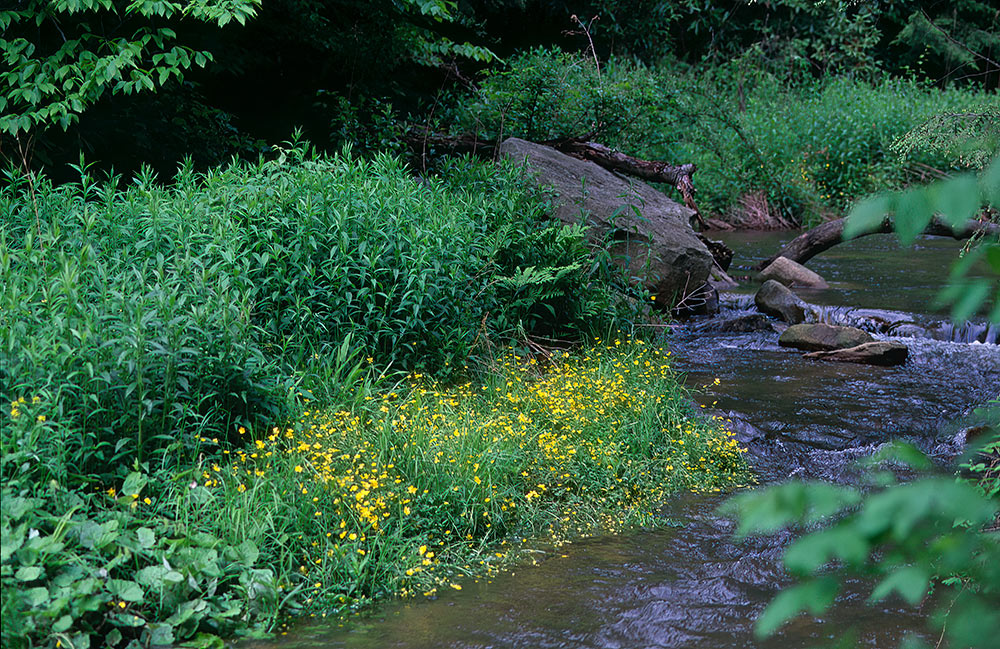
Somewhere near Baltimore
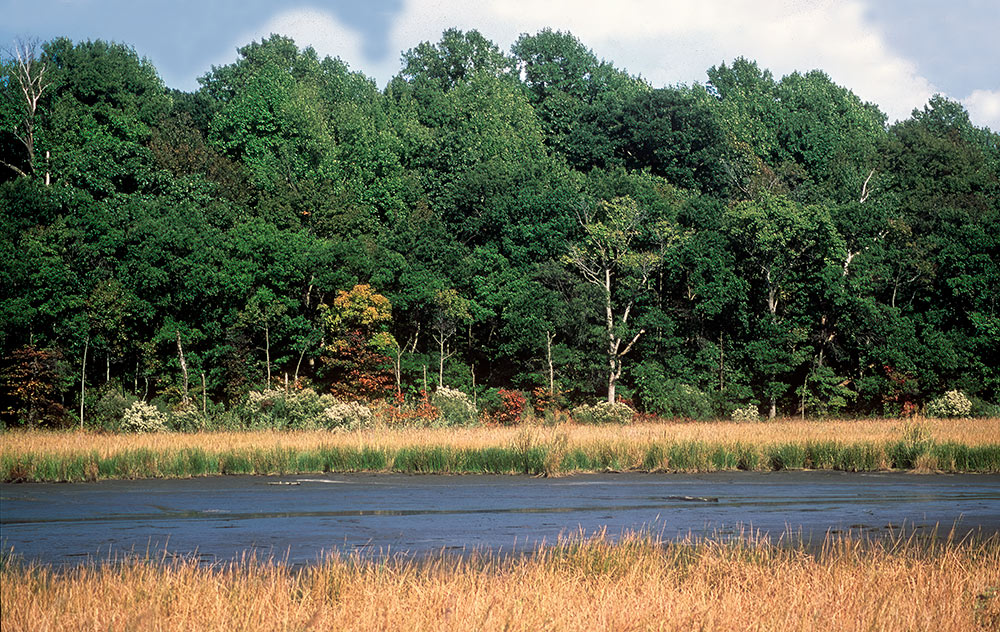
A swamp near Baltimore
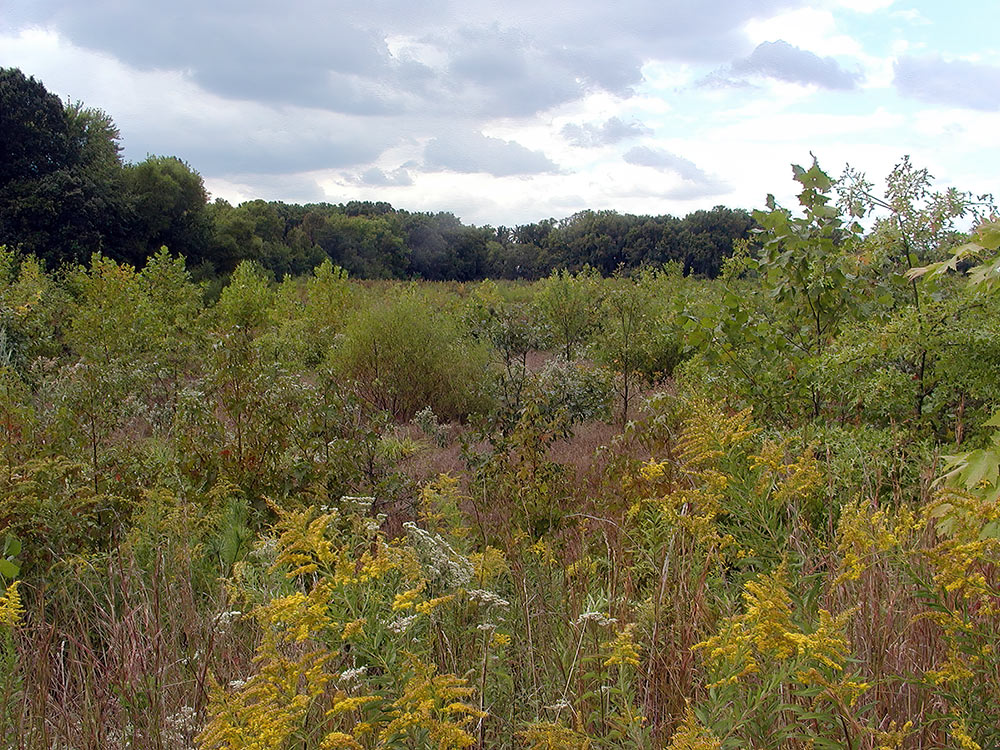
Coastal landscape in Maryland
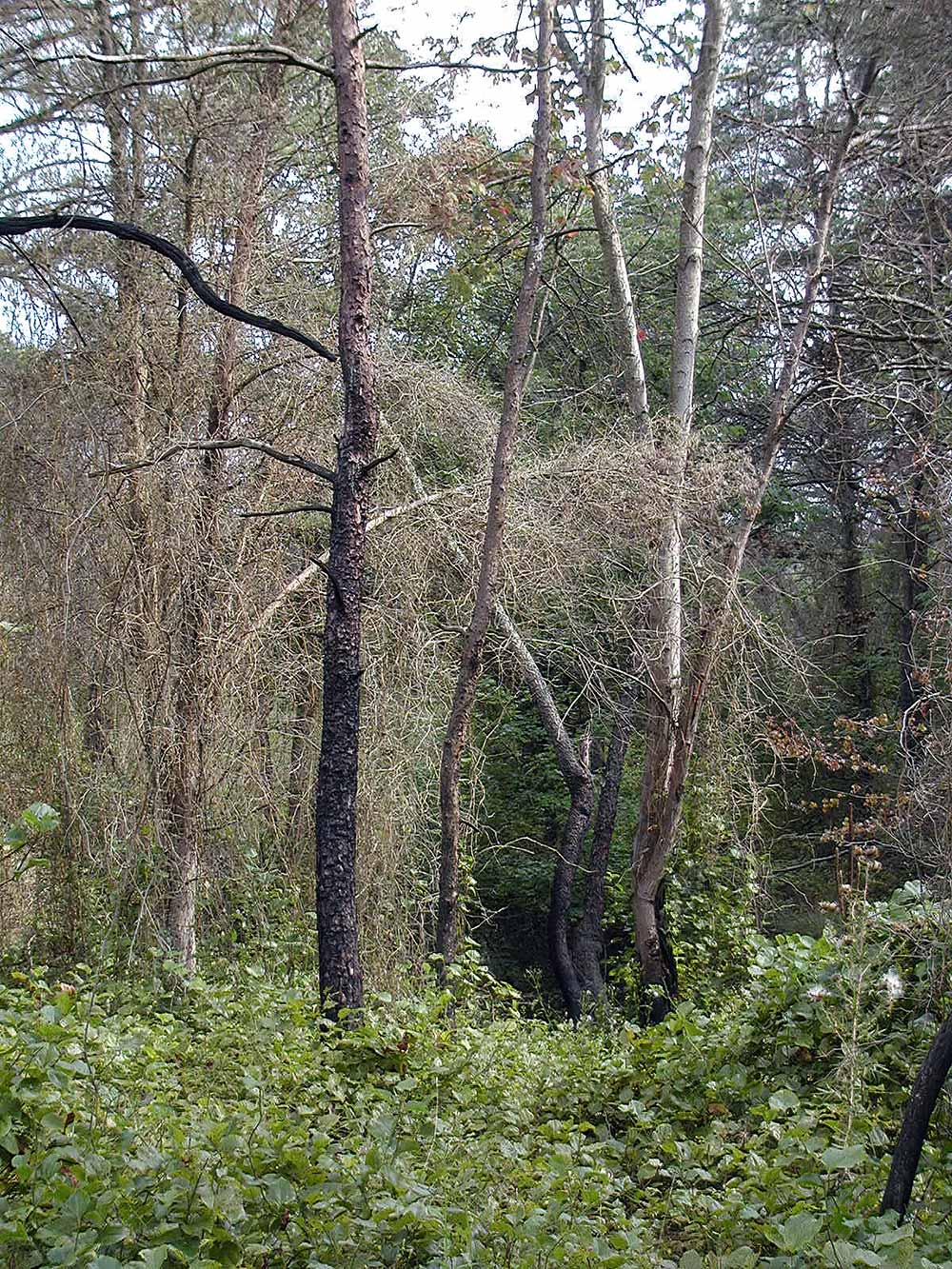
A forest in or near Baltimore

The Finzel Swamp Nature Reserve in western Maryland (Garrett and Allegany Counties), about 3 hours drive from Baltimore on the border to West Virginia
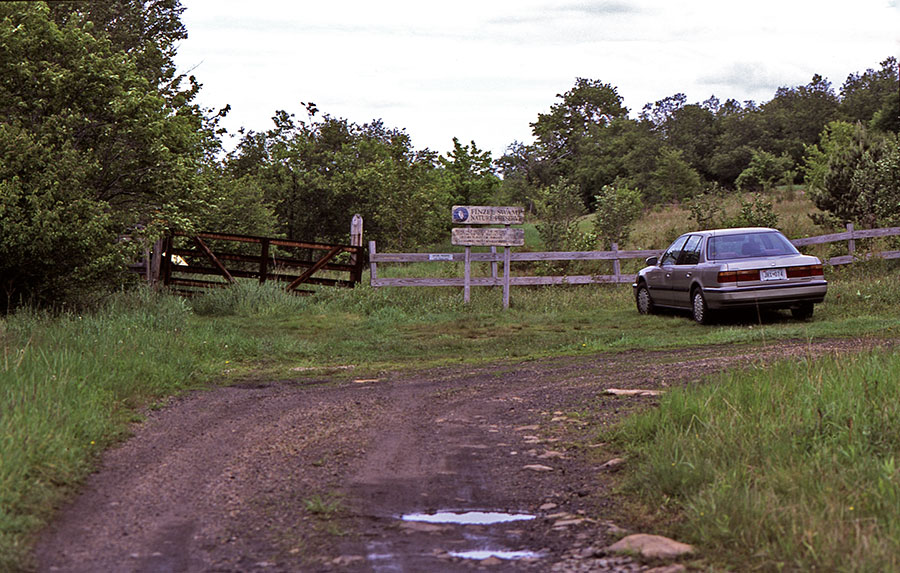
At the Finzel Swamp Nature Reserve parking lot in 2001 with my old 1991 Honda Accord
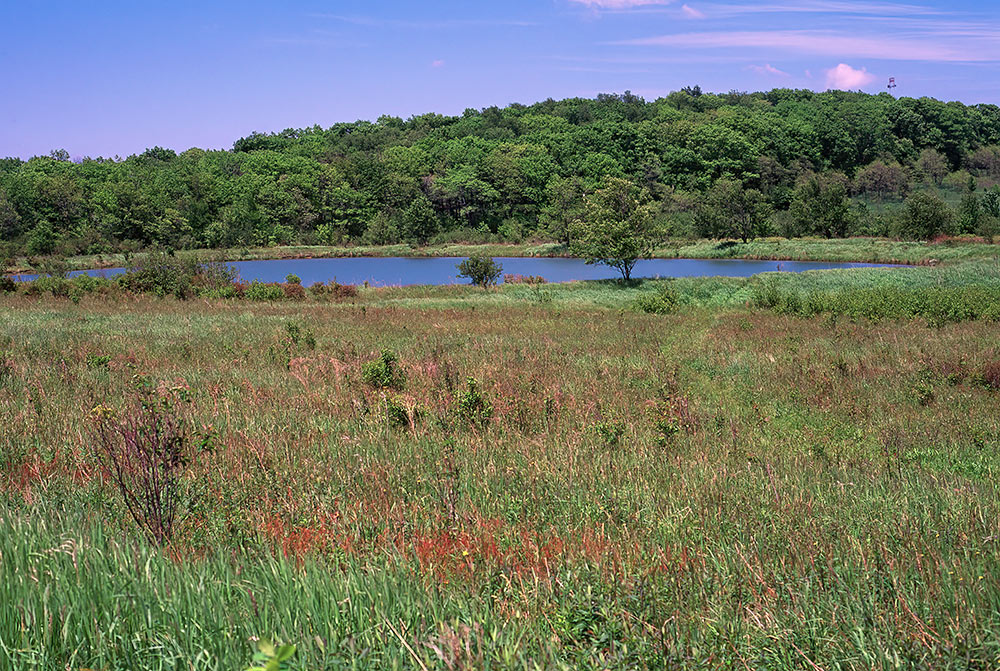
Finzel Swamp lake
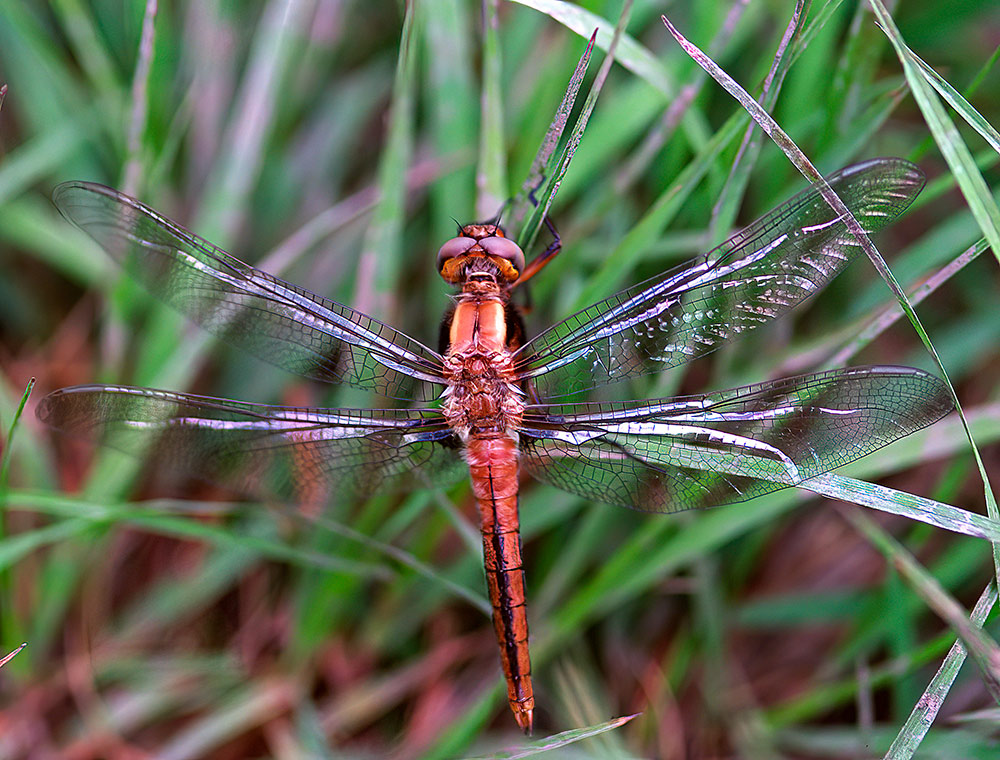
A dragonfly at Finzel Swamp, the Chalk-fronted Corporal (Ladona julia)
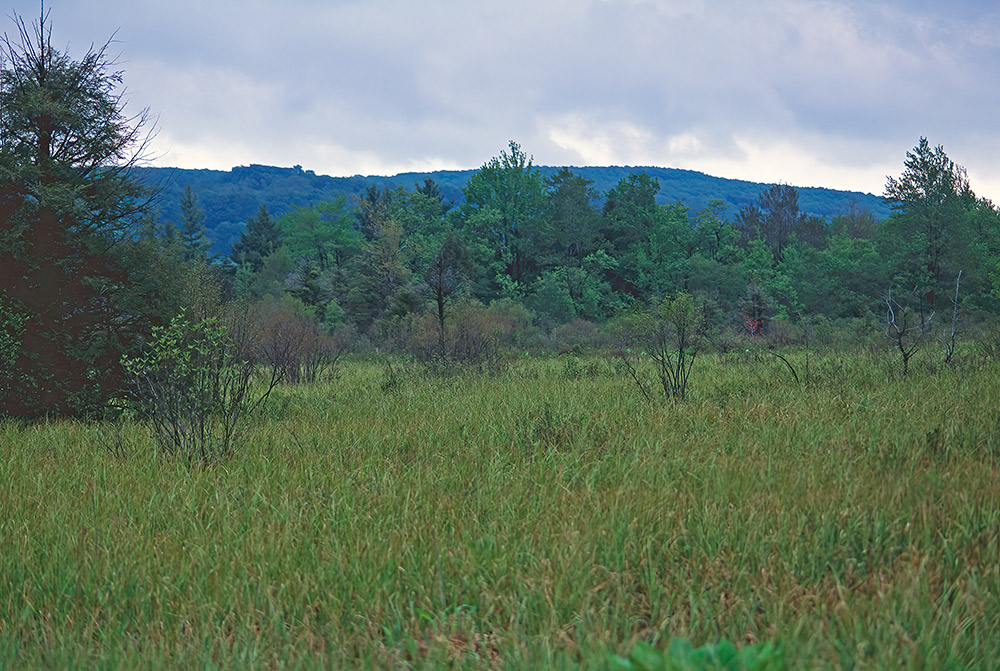
More Maryland outback, this is near the Finzel Swamp I think
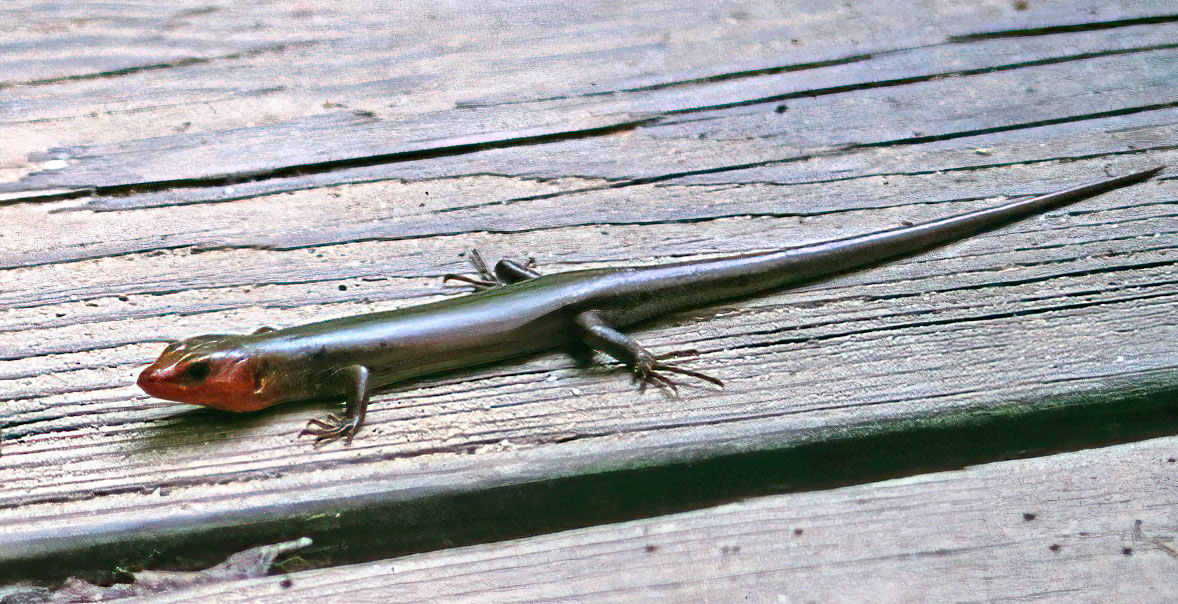
A skink from Maryland, maybe a Common Five-lined Skink (Plestiodon fasciatus)?
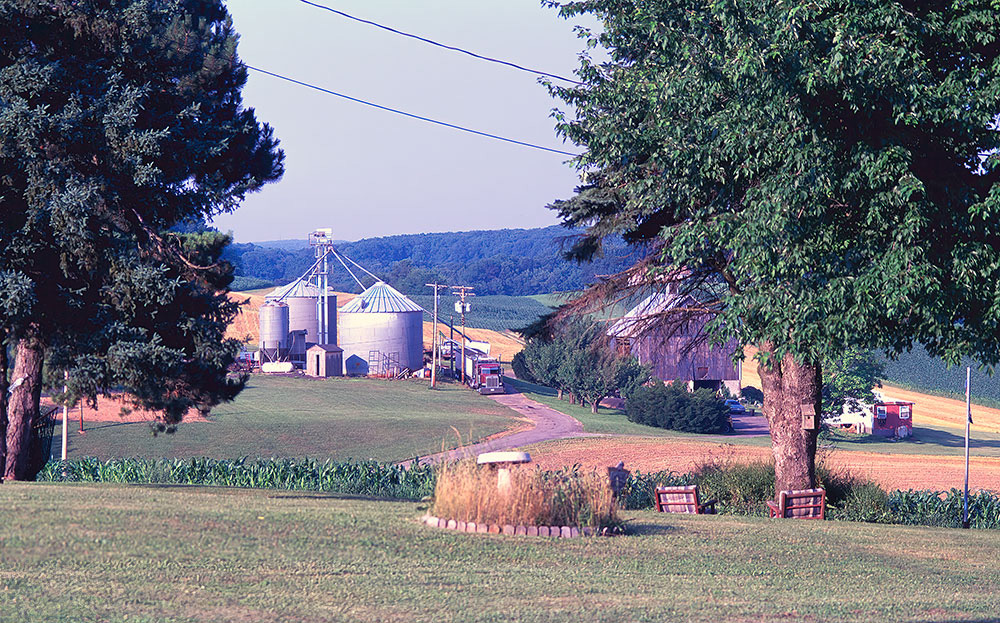
Maryland farm

Early spring Maryland forest
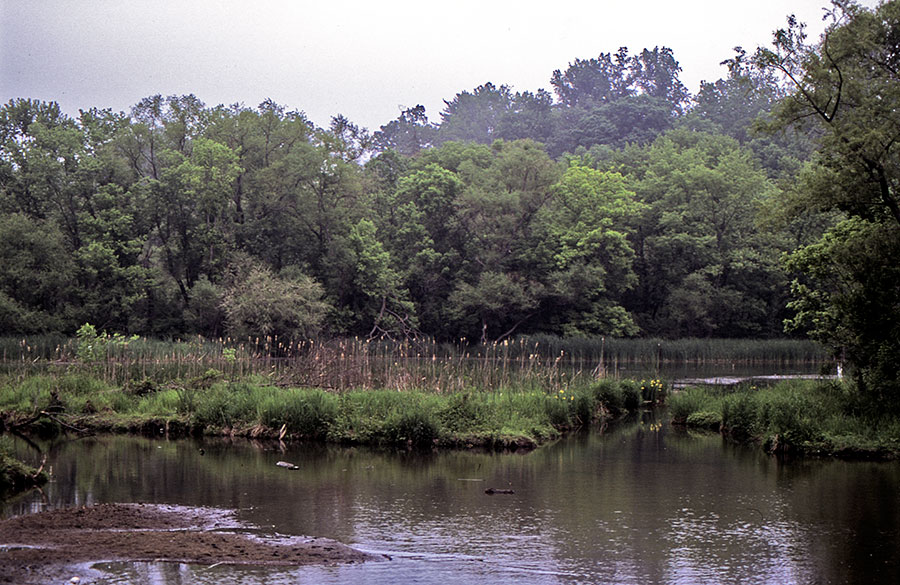
Creek, Maryland
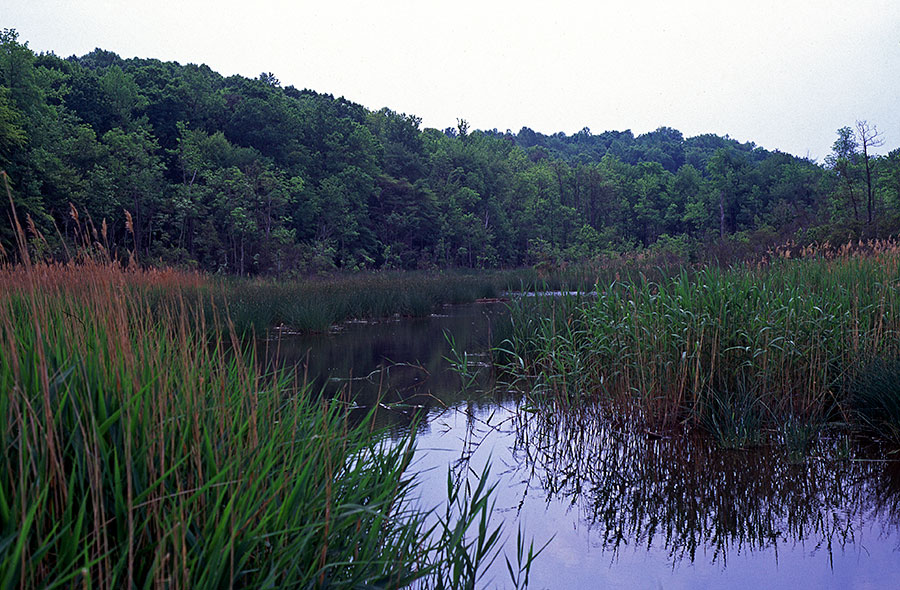
Swamp, Maryland
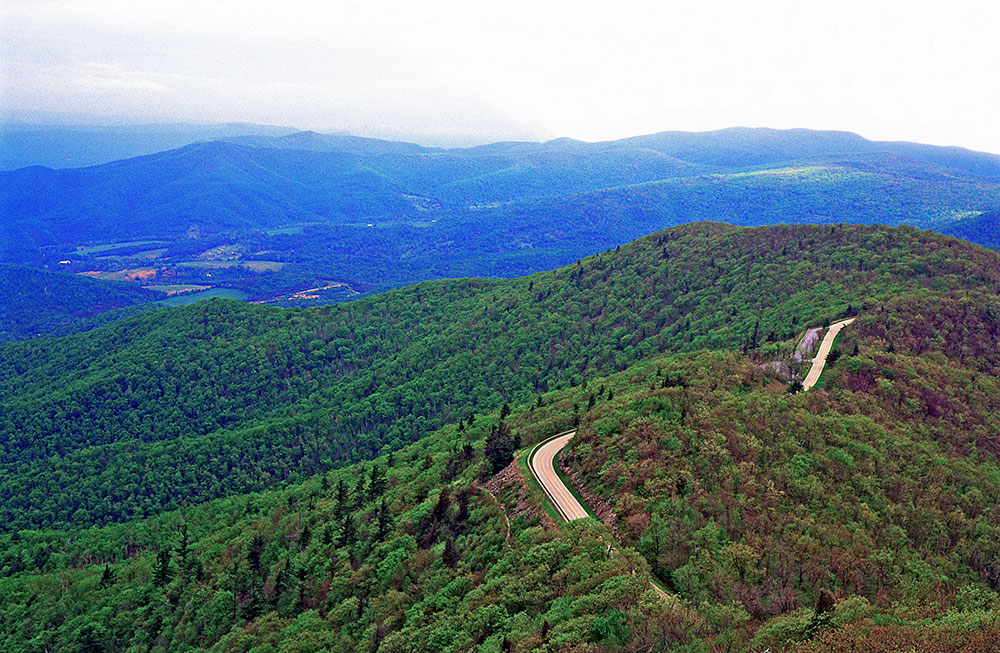
The Skyline Drive in Shenandoah National Park, Virginia, maybe 3 hours drive from Baltimore
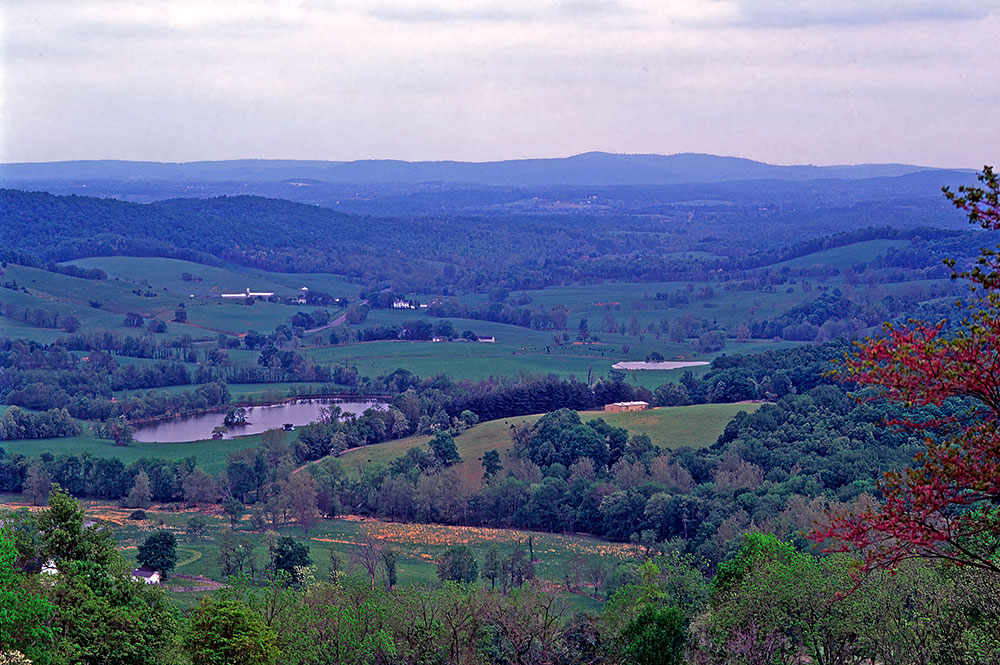
Country-side Virginia
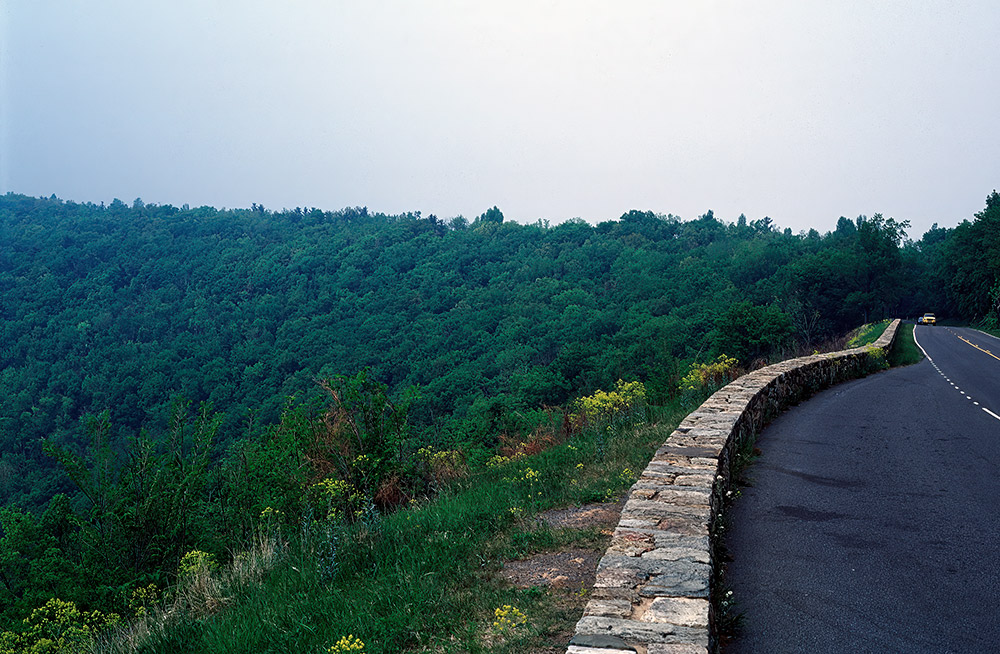
Flowers along the Skyline Drive in Shenandoah National Park
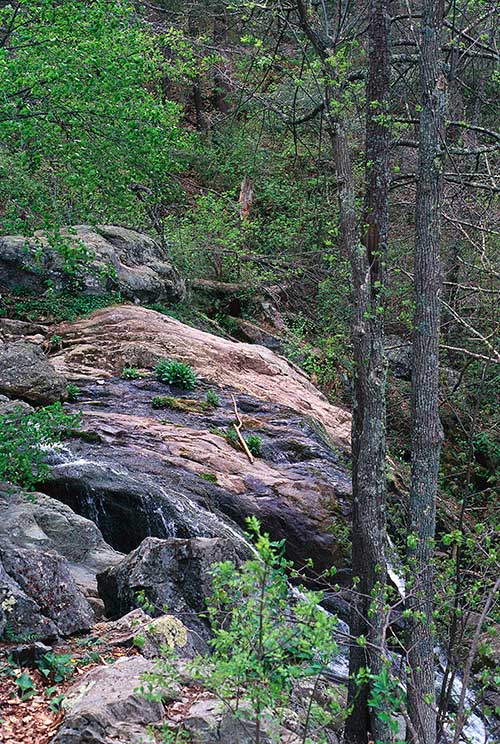
Shenandoah National Park forest
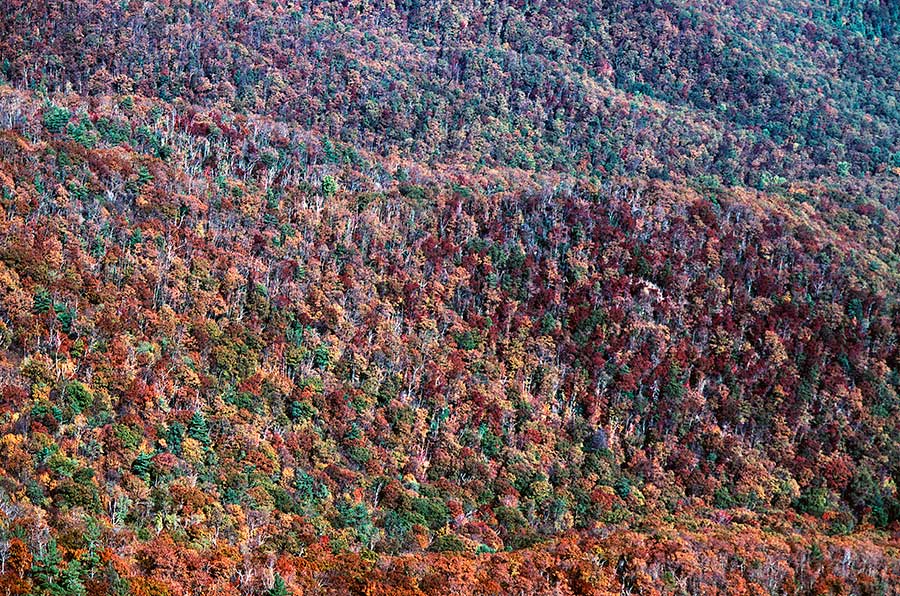
Fall foliage colors in Shenandoah National Park, Virginia
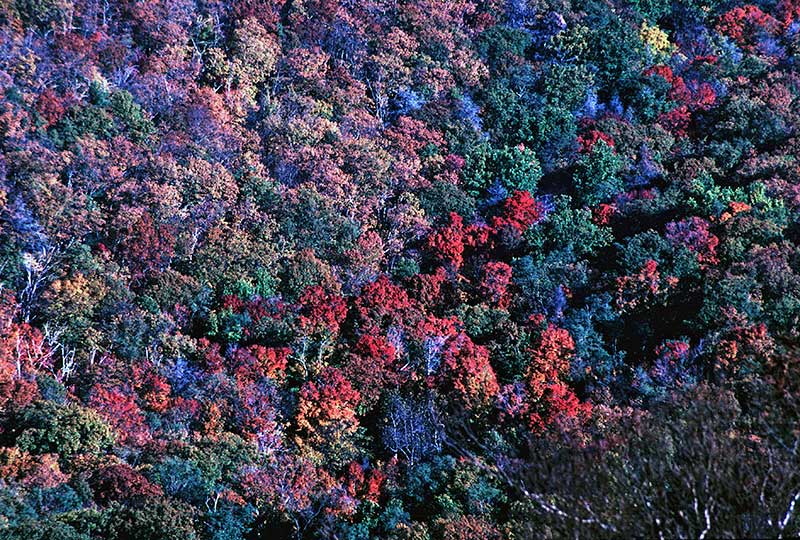
Colorful foliage in Shenandoah National Park
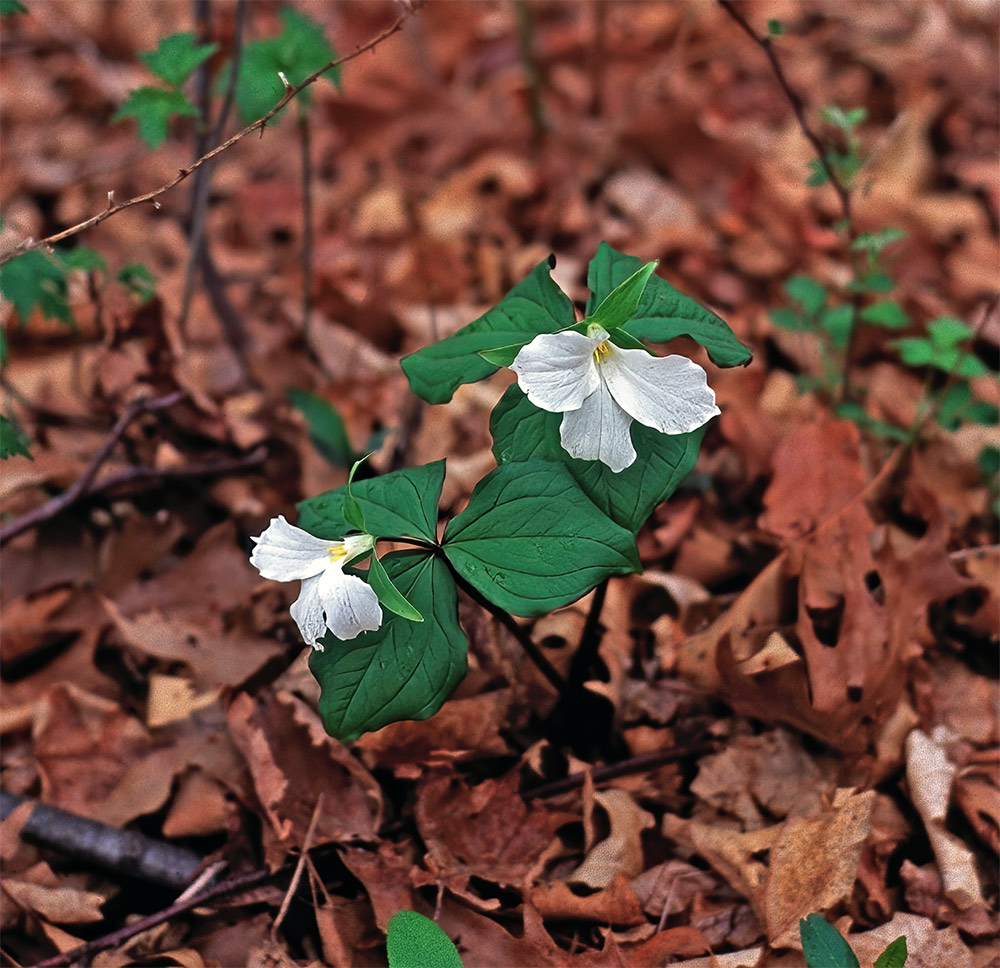
Large-flowered Trillium, Virginia
Creeping Phlox, Virginia
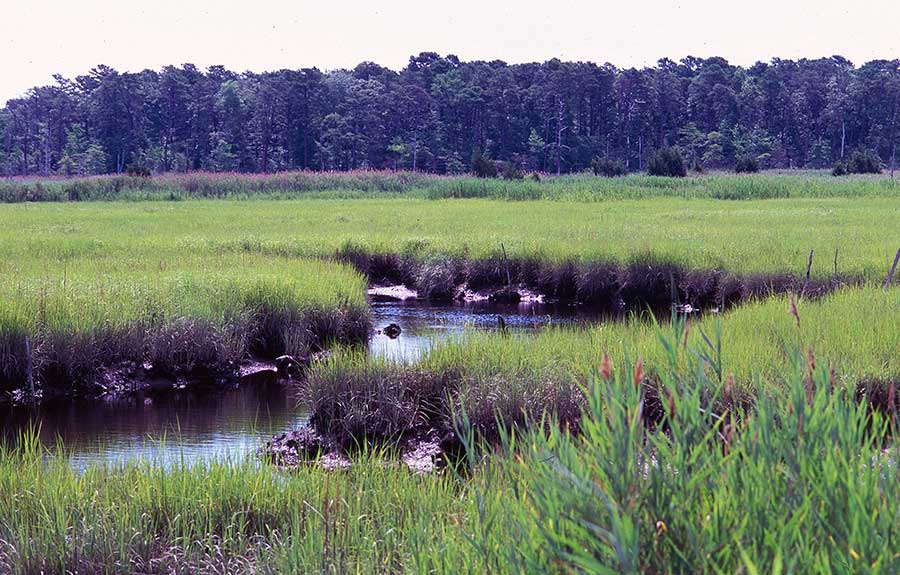
Marsh area near Baltimore
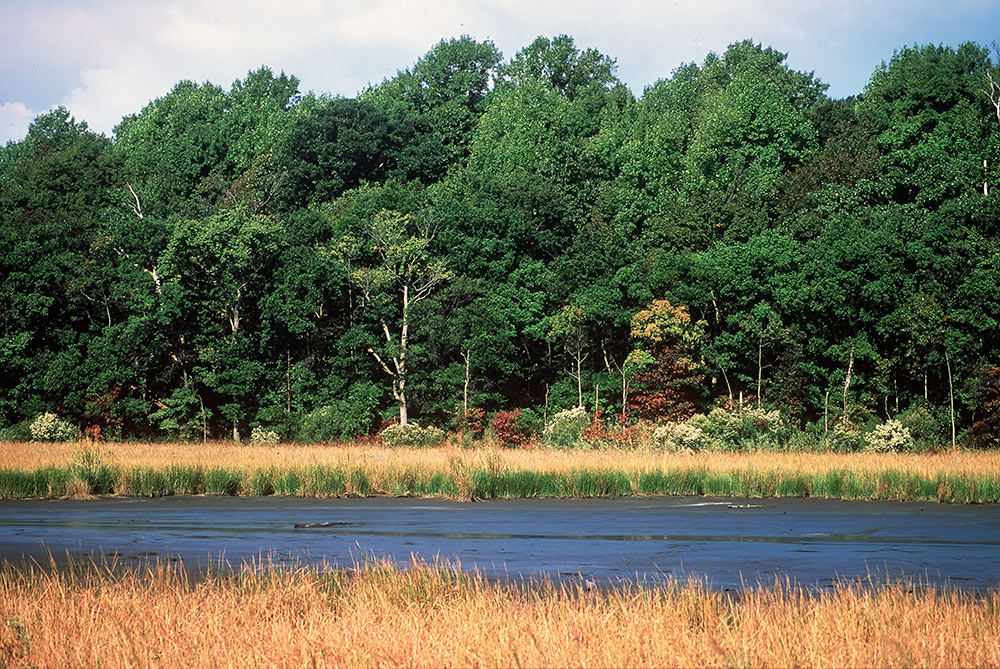
East Coast marshland
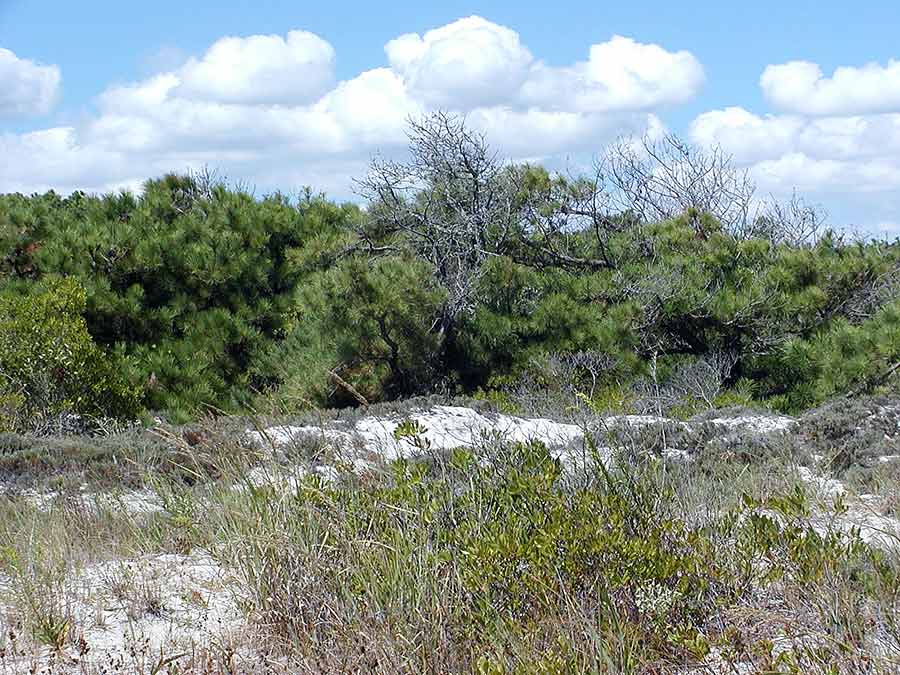
Sandy beach at Assateague Island, which is situated in Maryland and Virgina
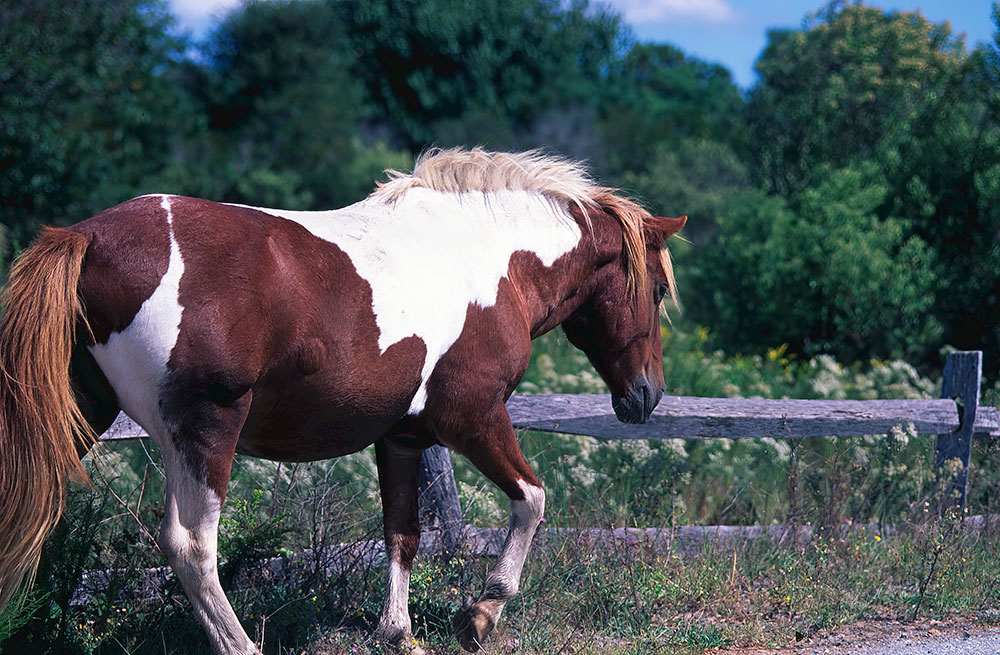
Feral horse at Assateague State Park
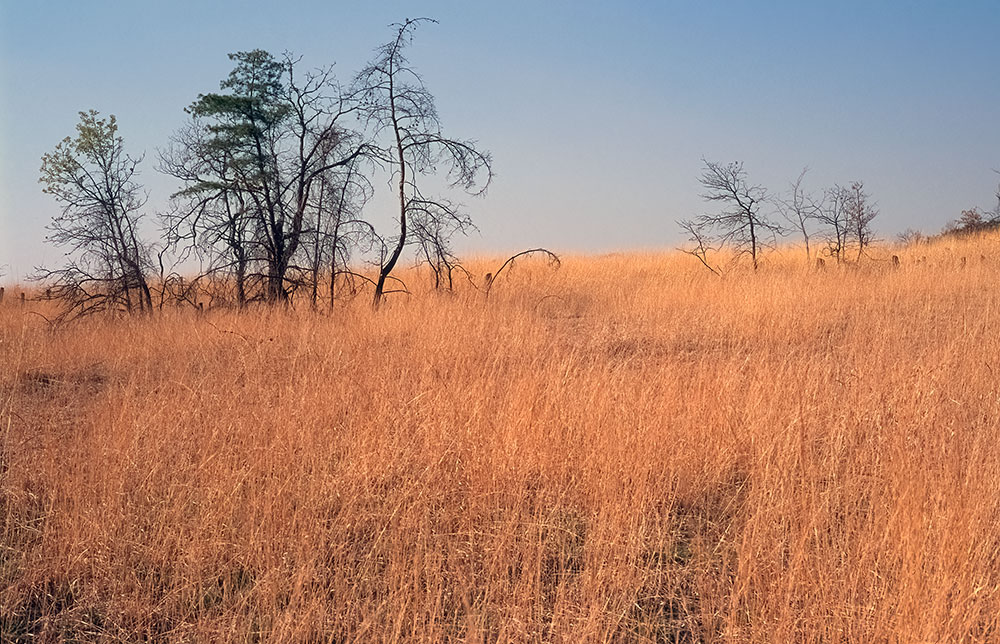
Soldiers Delight Natural Environment Area. A serpentine barren home to some rare plants. Chromium mining: During the 19th century Soldiers Delight and the Bare Hills district of Baltimore City were the largest producers of chrome in the world. In these two locations, chromite is a significant accessory mineral in the serpentine and was mined up until 1860.
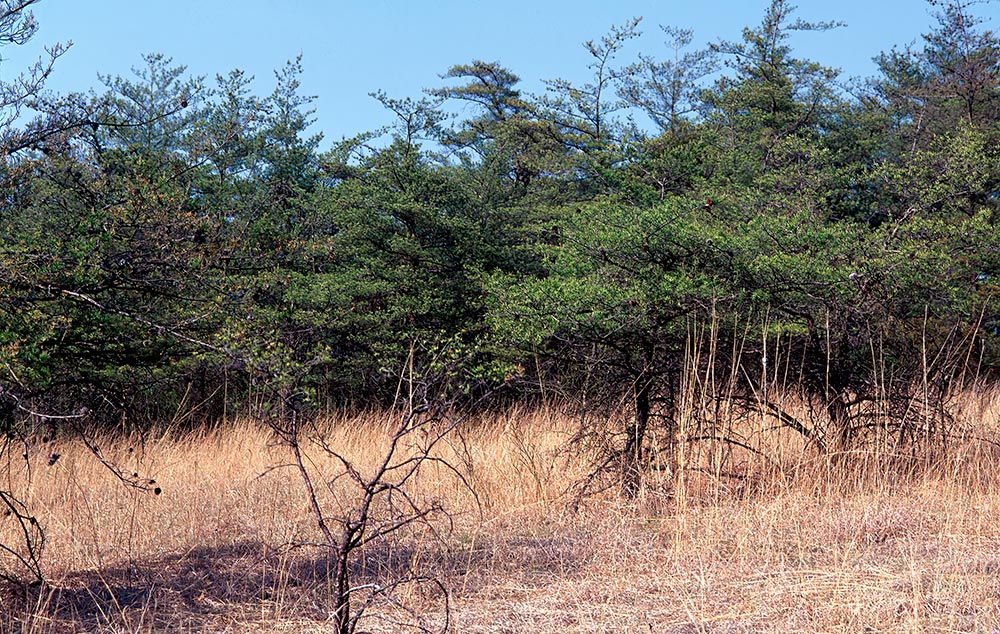
The open "barren" areas at Soldiers Delight NEA is dominated by Indian grass (Sorghastrum nutans)

Soldiers Delight NEA trail. The land surface over serpentinites is stony, unfertile and sparsely vegetated - hence the term "serpentine barren." Typically a serpentine barren contains scrub oak and pine, cedar, grasses and some unique and rare wildflowers.
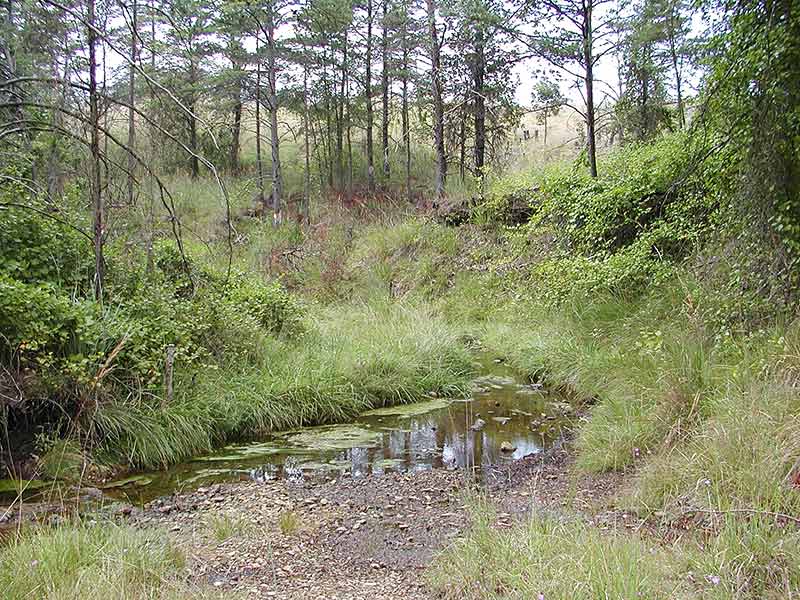
A small creek, Chimney Branch, cuts through the Soldiers Delight NEA area
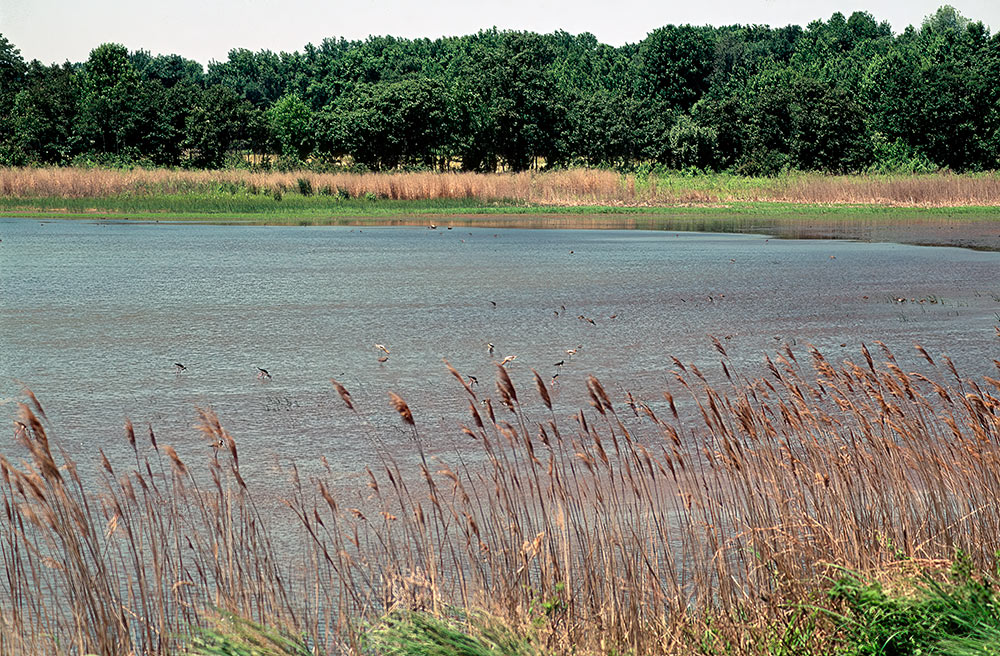
Cape May, New Jersey, a birding hot-spot on the East Coast
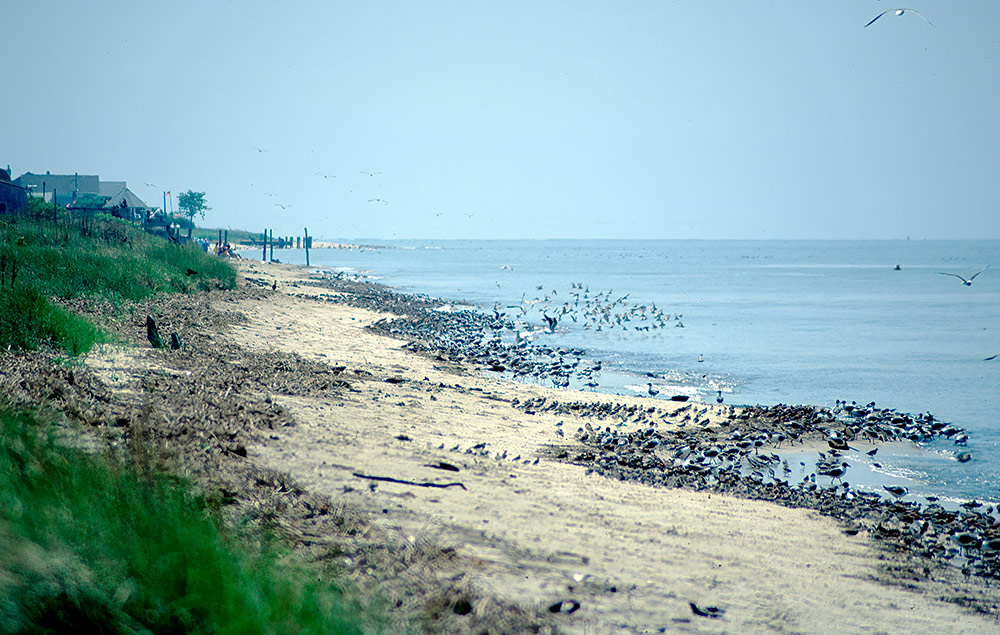
Feeding frency. Shorebirds feasting on Horseshoe crab eggs at Cape May
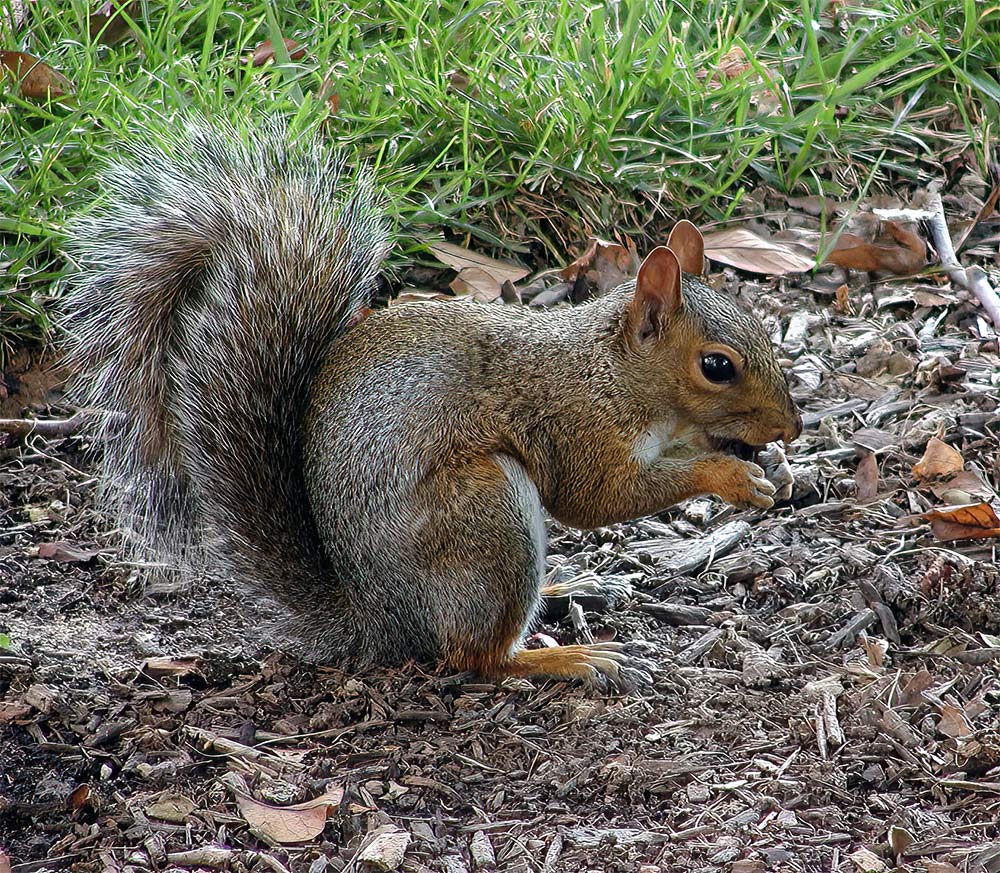
Eastern Gray Squirrel (Sciurus carolinensis), this one photographed at Homewood Campus
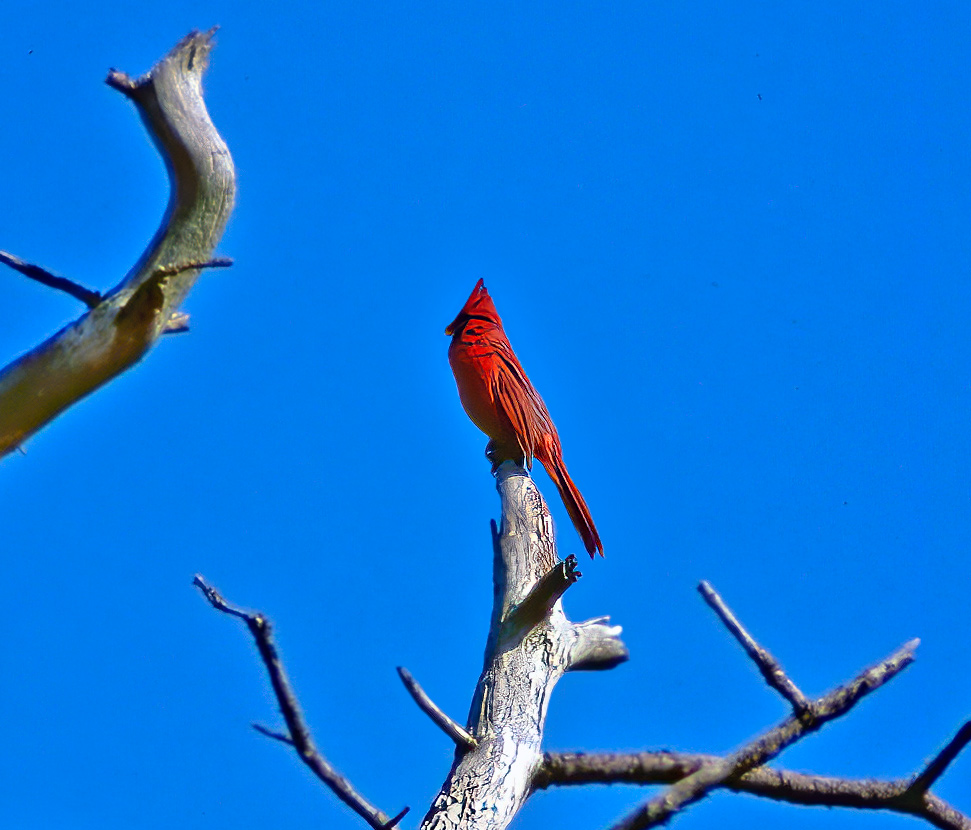
Northern Cardinal (Cardinalis cardinalis)
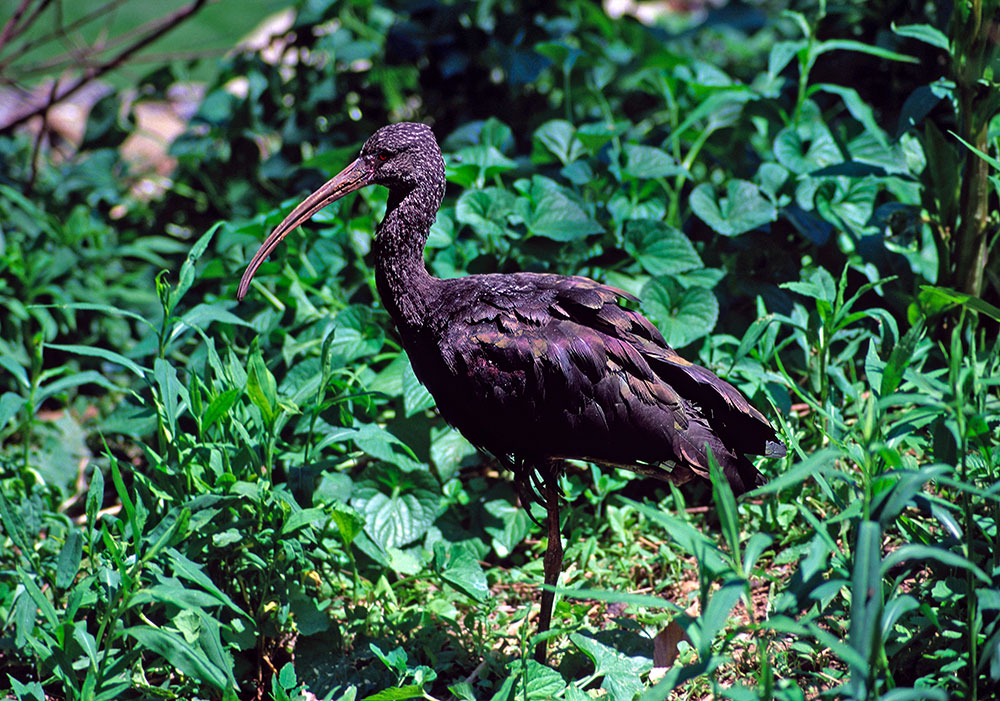
Glossy Ibis (Plegadis falcinellus)

Monarch butterfly (Danaus plexippus)
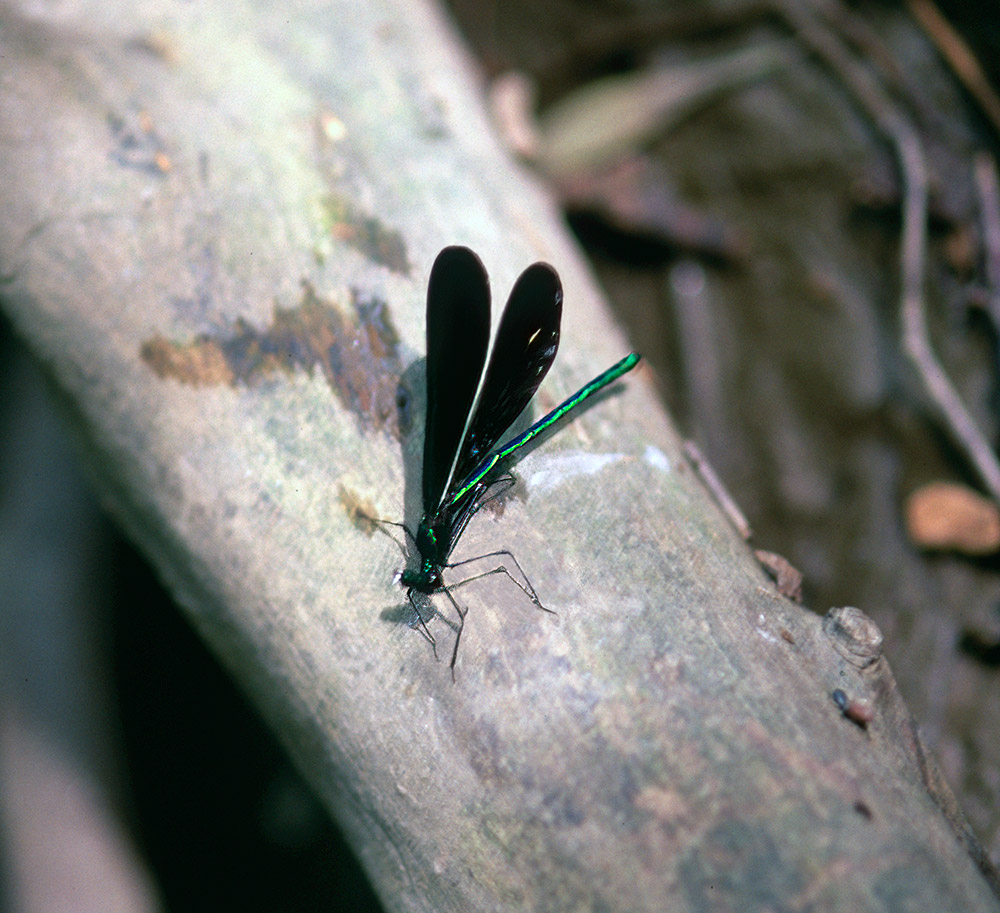
Ebony Jewelwing (Calopteryx maculata), probably Seneca Creek State Park, Montgomery County, Maryland
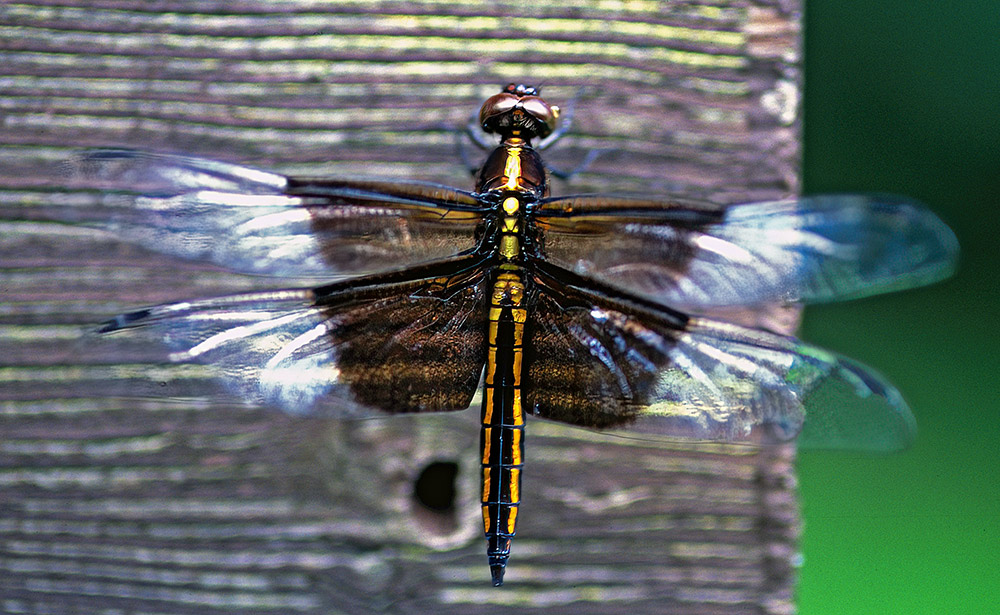
Dragonfly, a female Widow Skimmer (Libellula luctuosa), Maryland
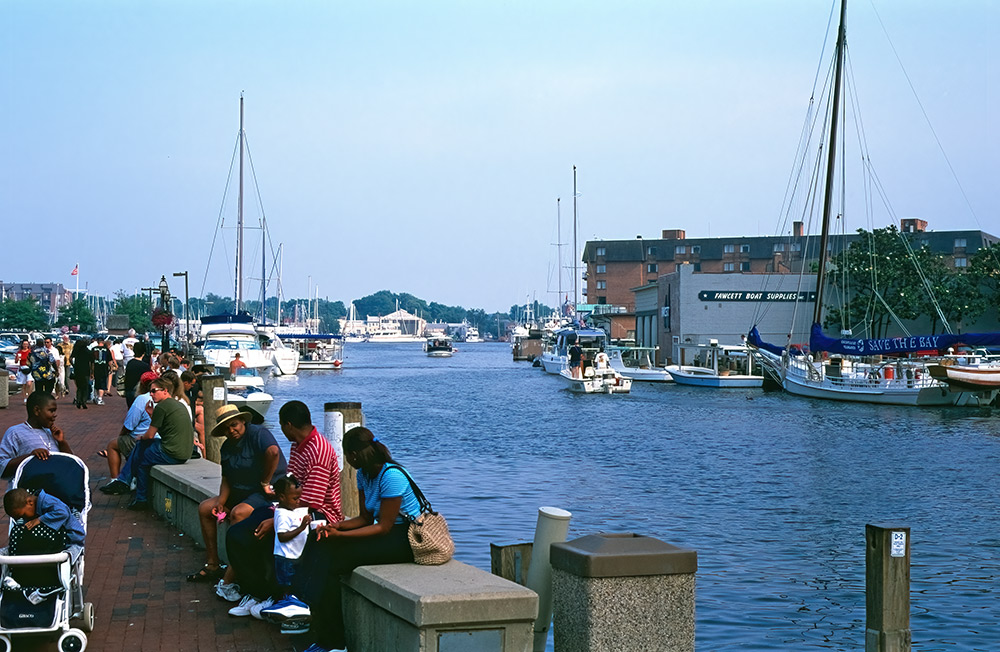
Annapolis, Maryland
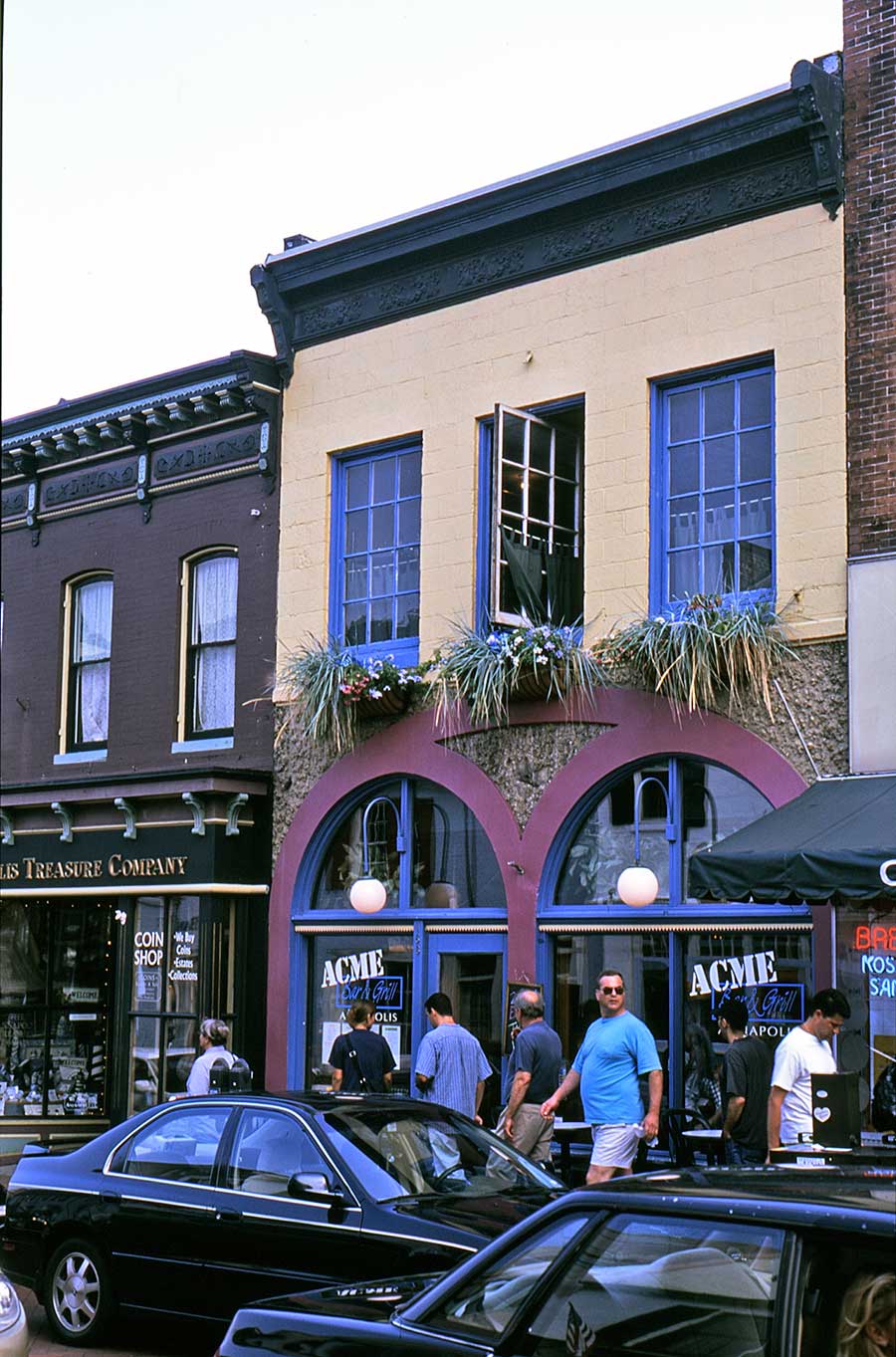
Annapolis
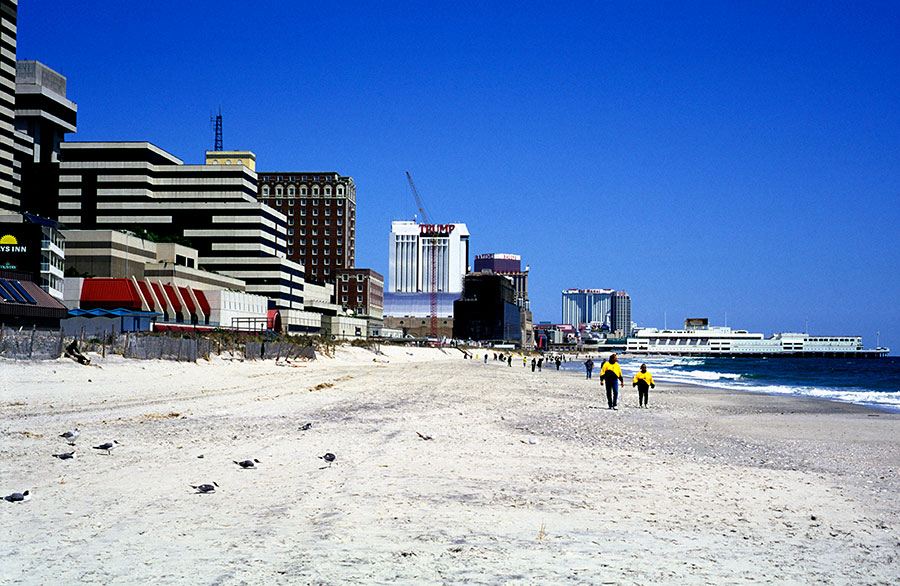
Atlantic City, with Trump Plaza Hotel and casino, New Jersey
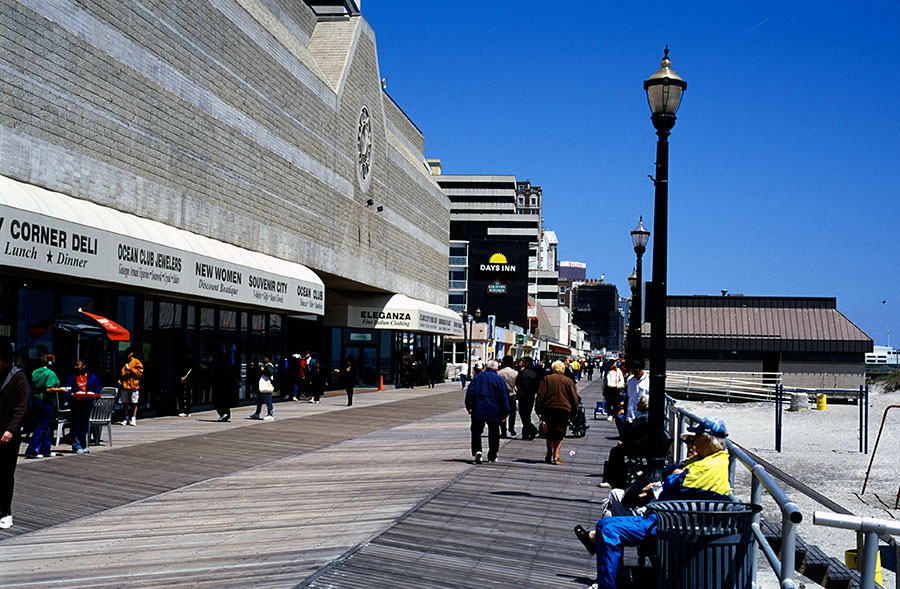
Atlantic City boardwalk, New Jersey
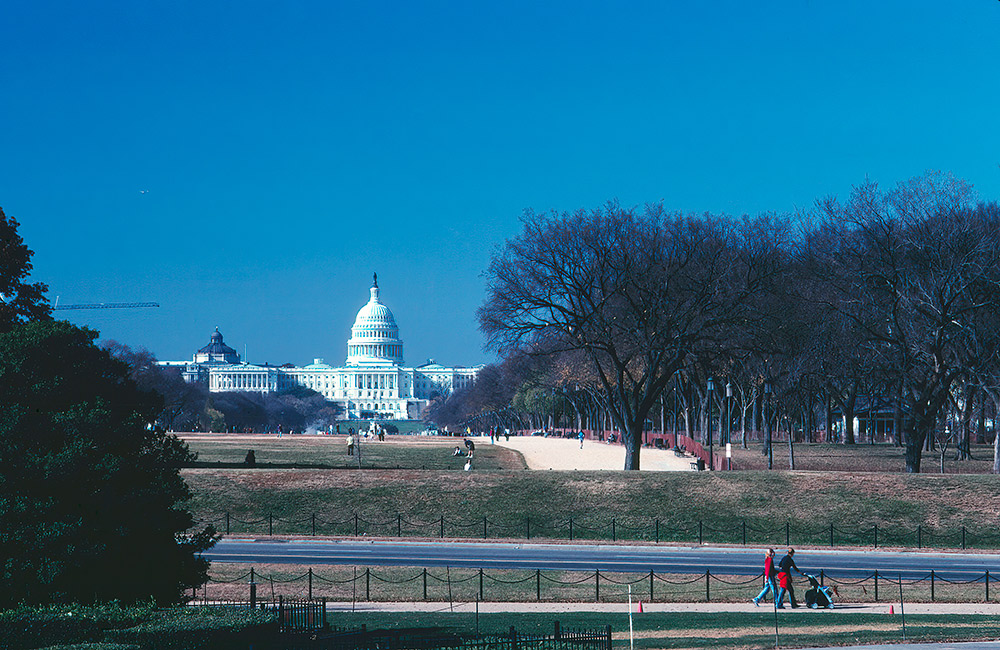
U.S. Capitol, Washington
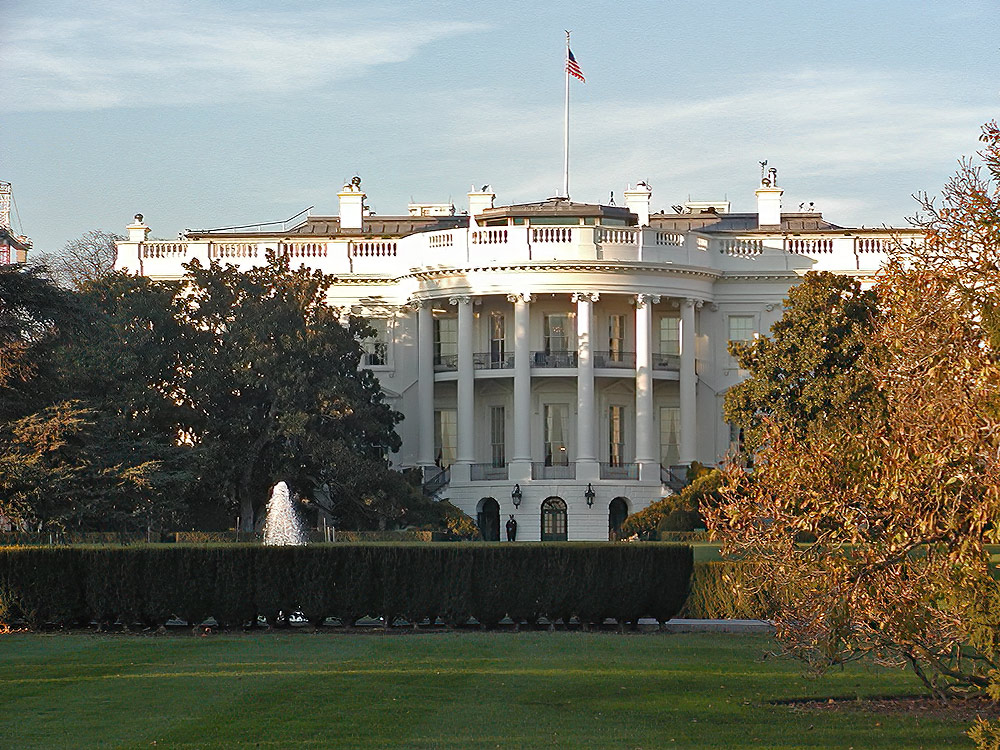
The White House, Washington
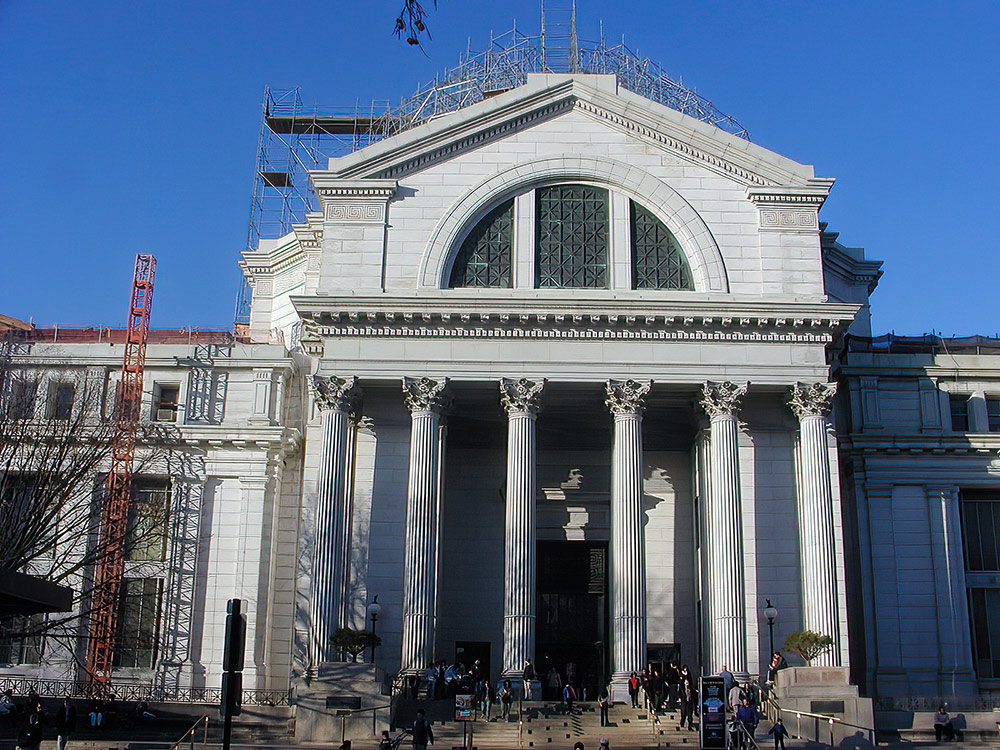
Smithsonian Natural History Museum. After 9-11, they installed metal detectors at the entrance
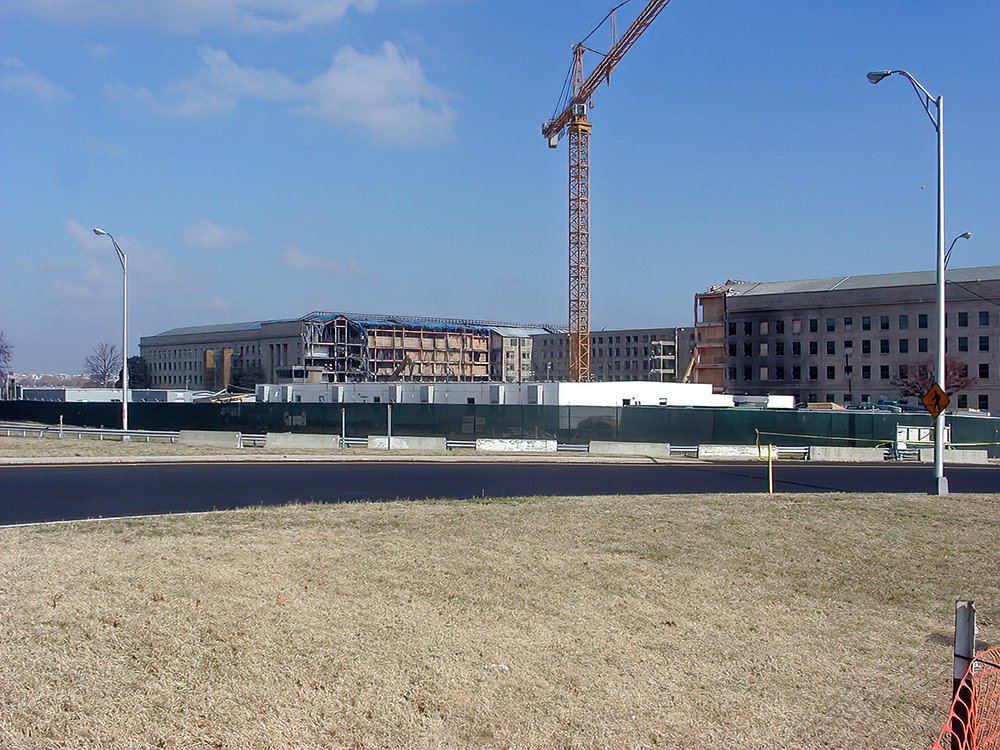
The crater in the Pentagon building after the terror attack 11th of September 2001
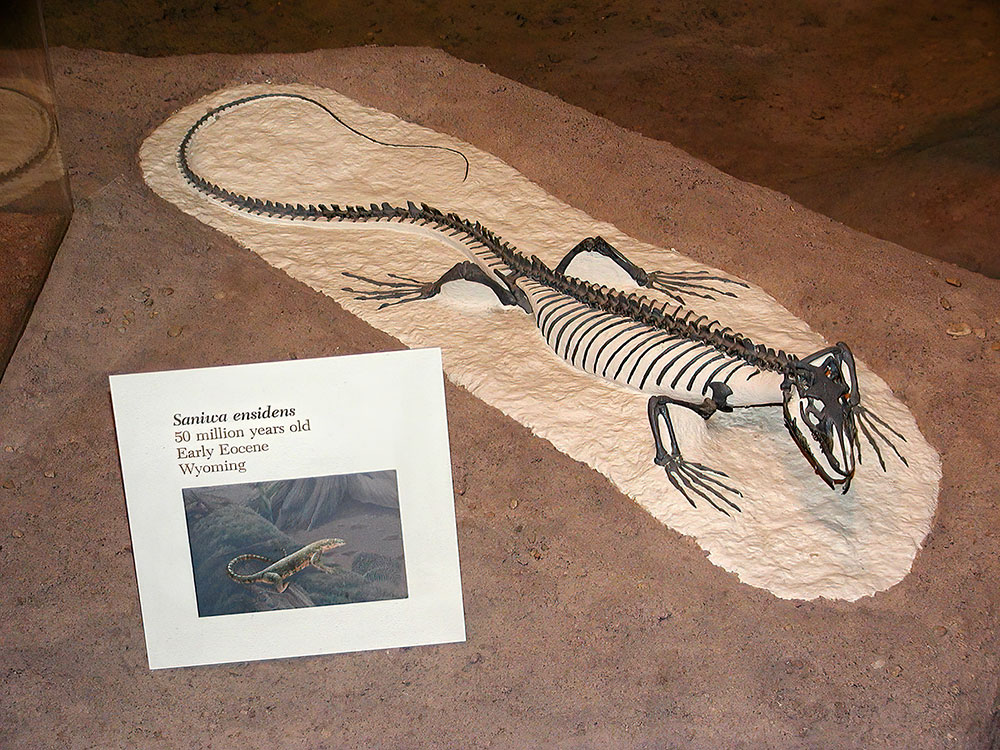
Saniwa ensidens, a close relative of Varanus lizards, at Smithsonian Natural History Museum
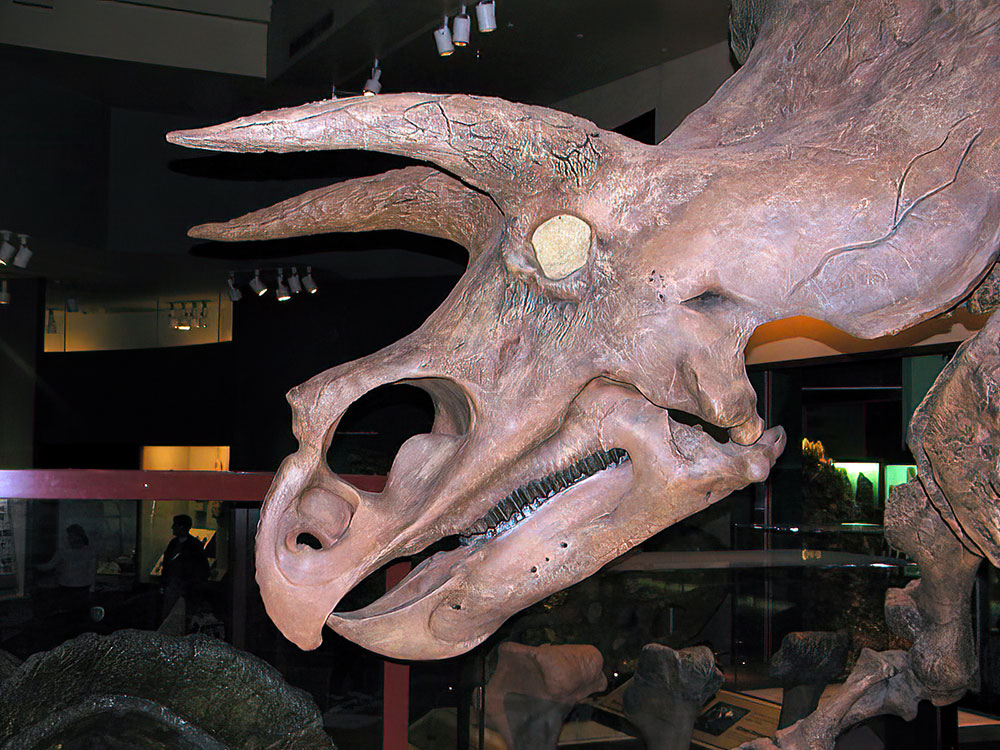
The first mounted Triceratop horridus skeleton, nicknamed "Hatcher", Smithsonian Natural History Museum
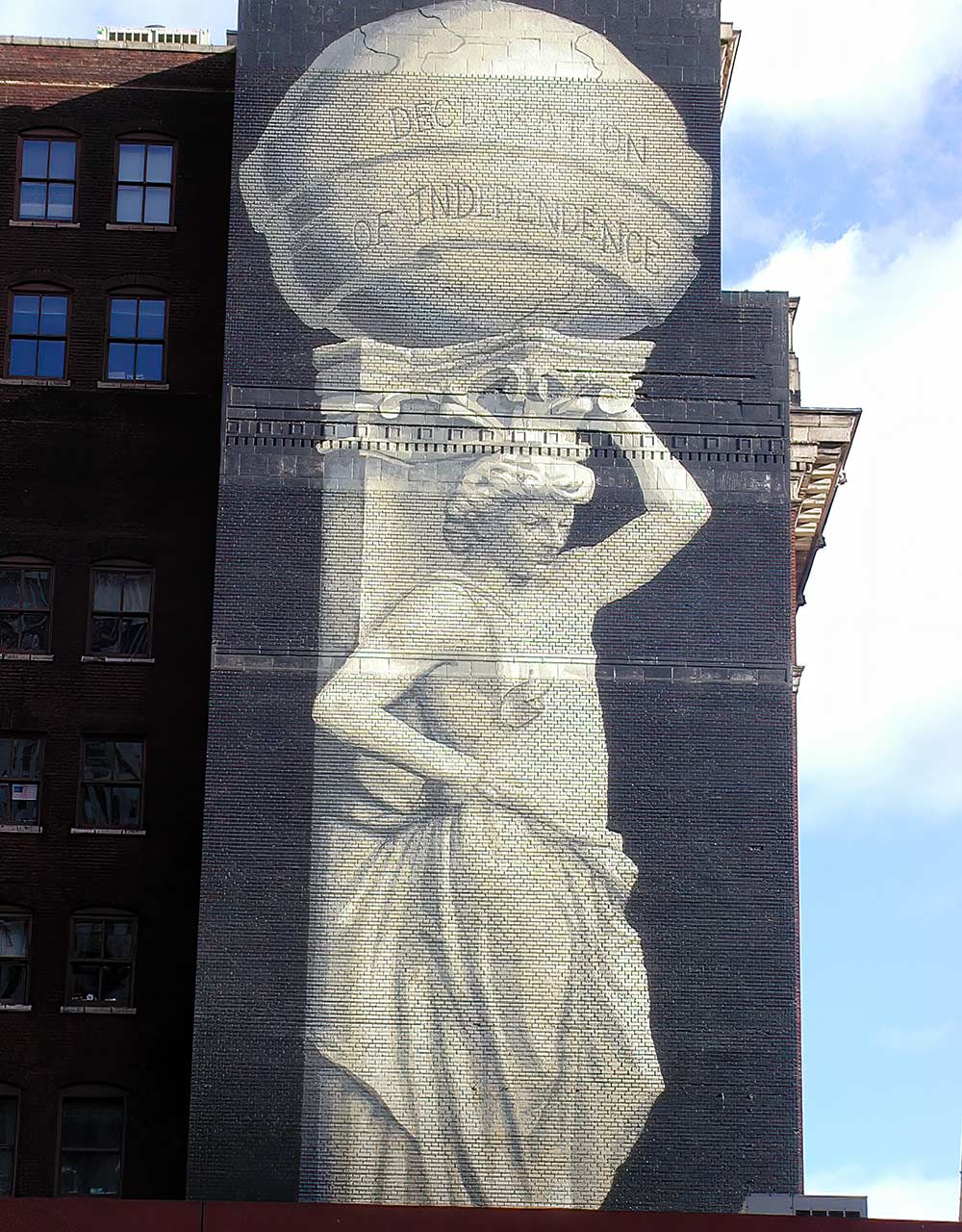
Declaration of Independence mural, Arch Street, Philadelphia. Between June 11 and June 28, 1776, Thomas Jefferson wrote The Declaration of Independence in Philadelphia. The Declaration of Independence quickly became one of the nation's most cherished symbols of liberty and Jefferson's most enduring legacy
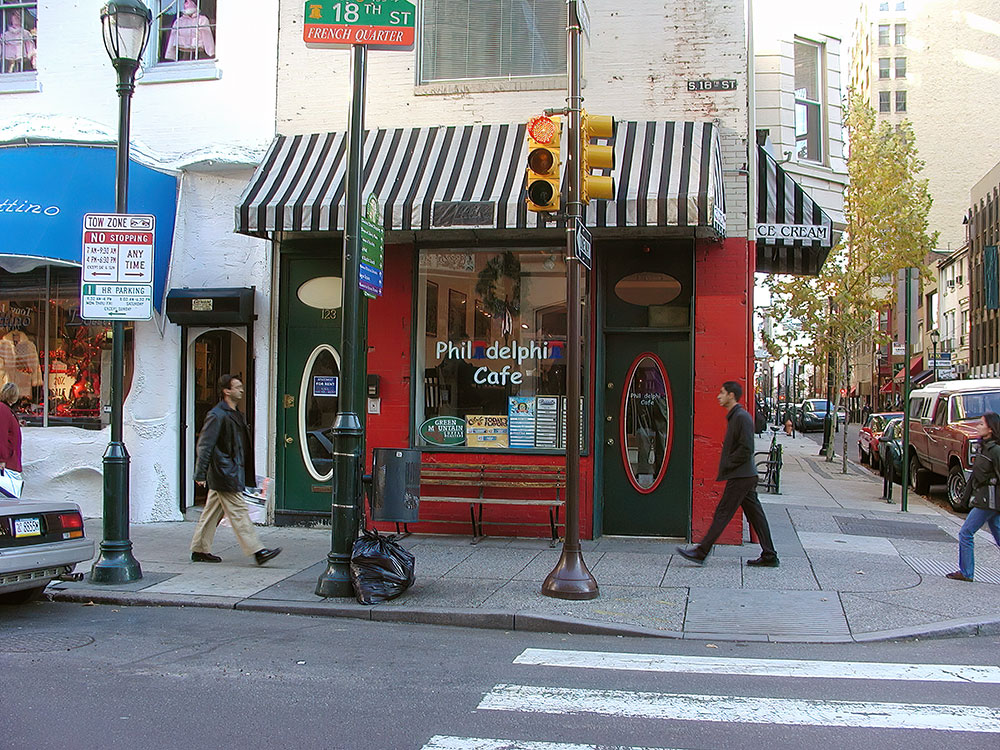
A cafe in Philadelphia
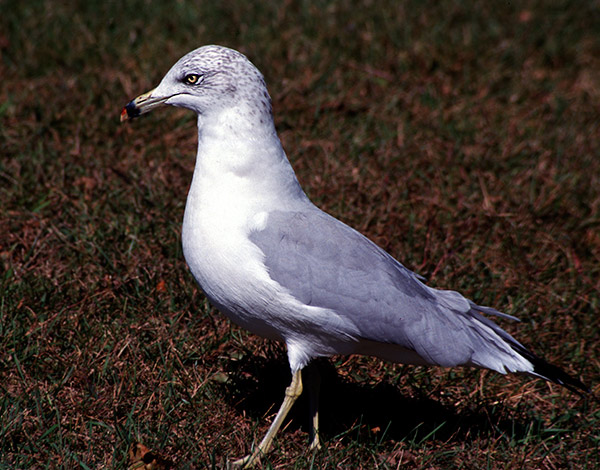
Ring-Billed Gull (Larus delawarensis), a typical gull in the area
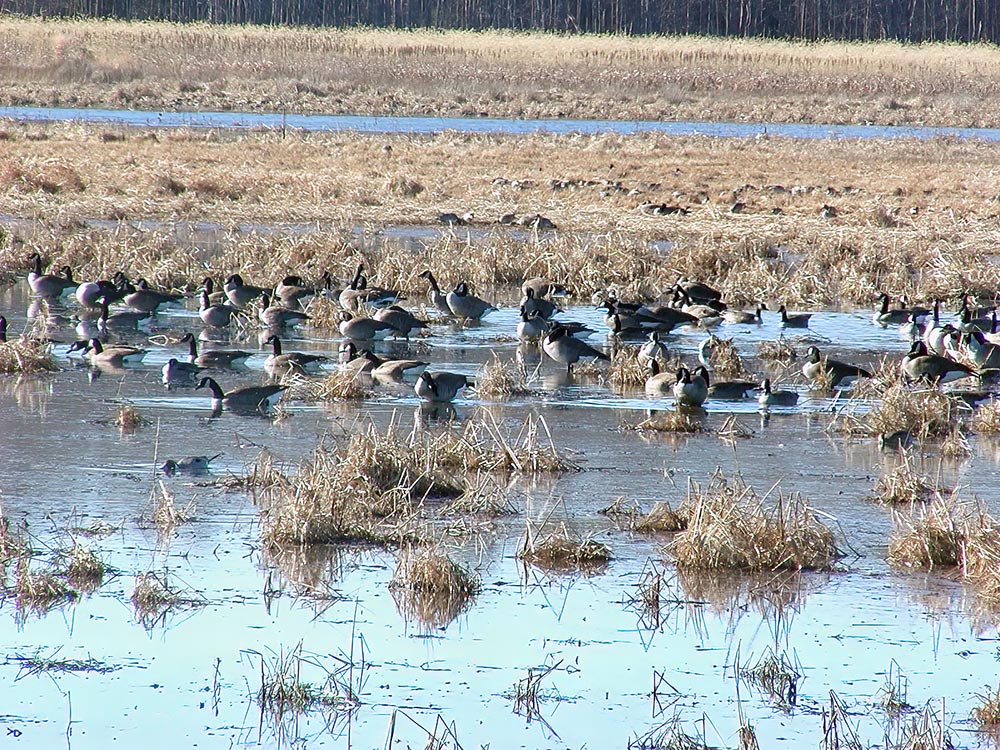
Mainly Canada Goose (Branta canadensis) and a few Northern Pintail (Anas acuta), Blackwater National Wildlife Refuge, Maryland
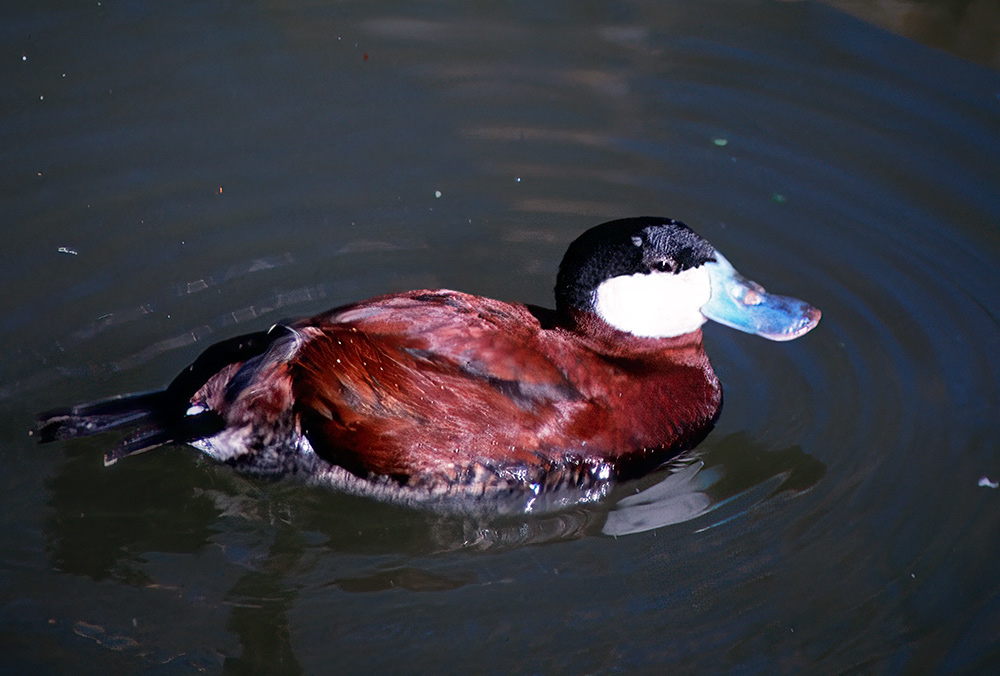
Ruddy Duck (Oxyura jamaicensis)
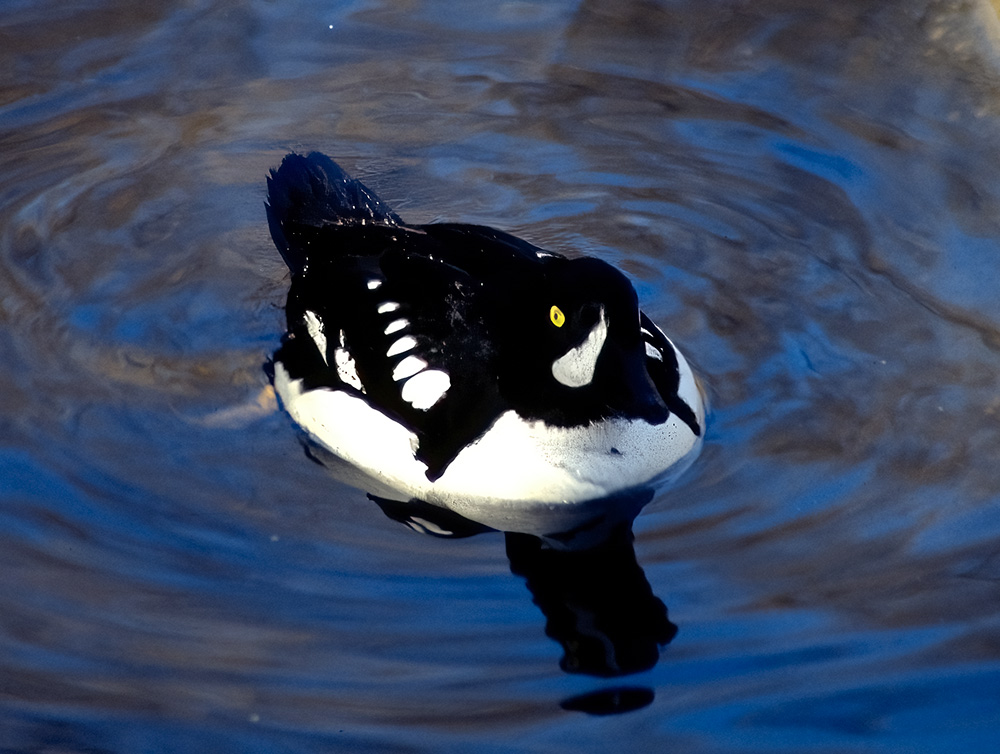
Barrow's Goldeneye (Bucephala islandica)
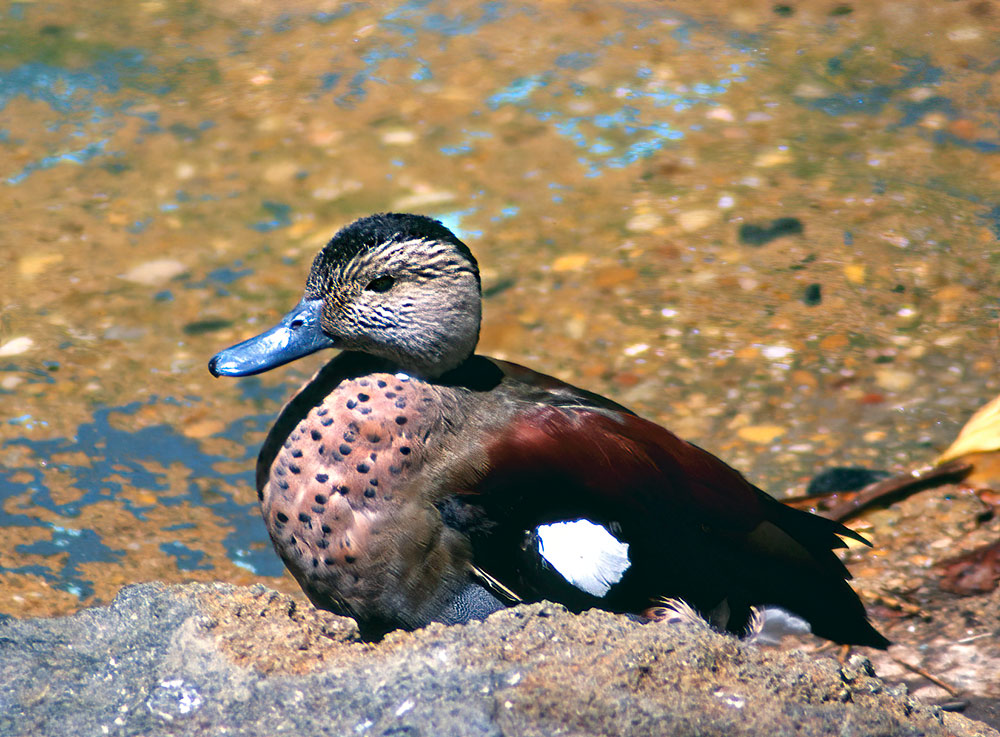
American Wigeon (Mareca americana)
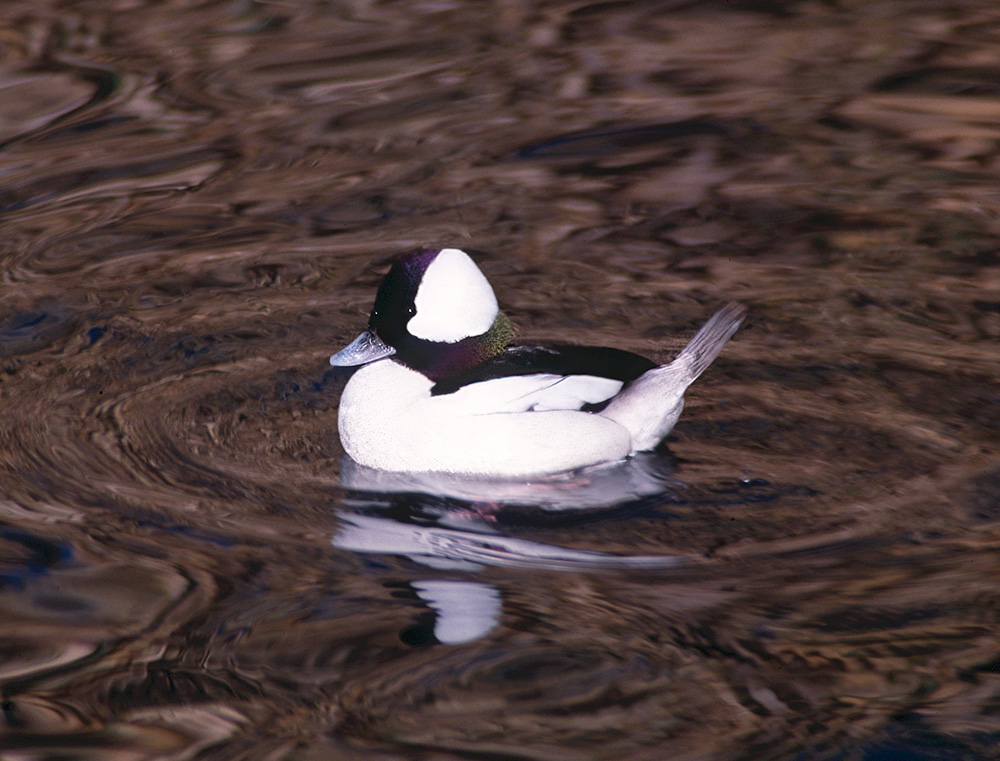
Bufflehead (Bucephala albeola)
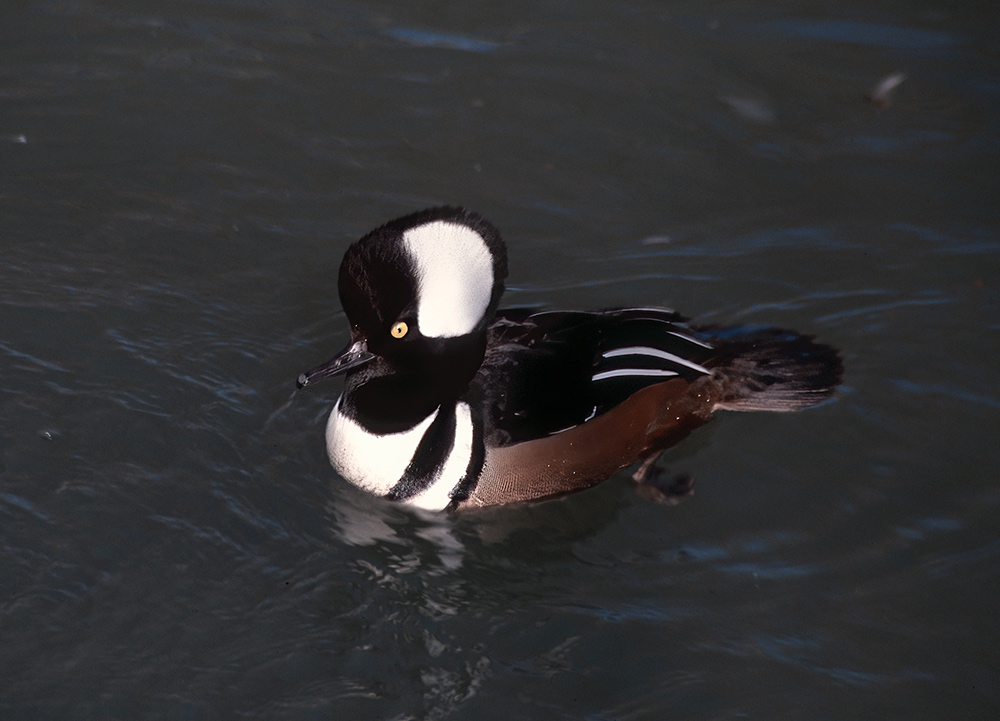
Hooded Merganser (Lophodytes cucullatus)
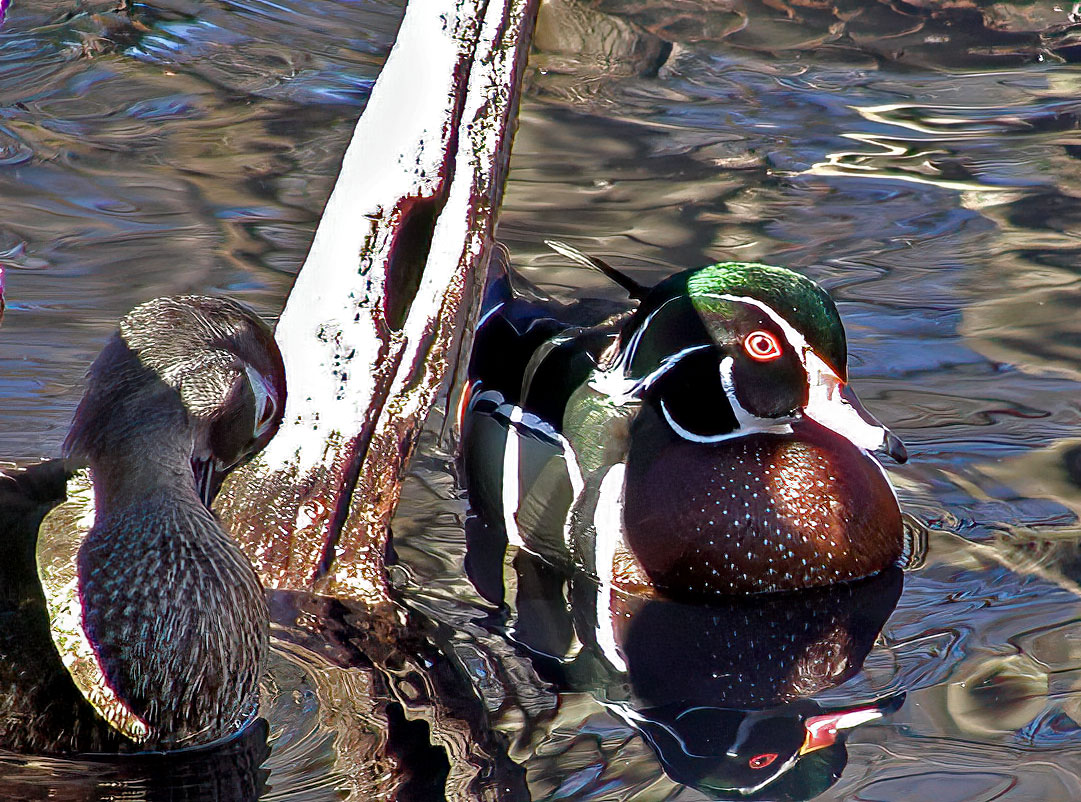
Wood Duck (Aix sponsa)